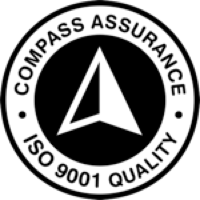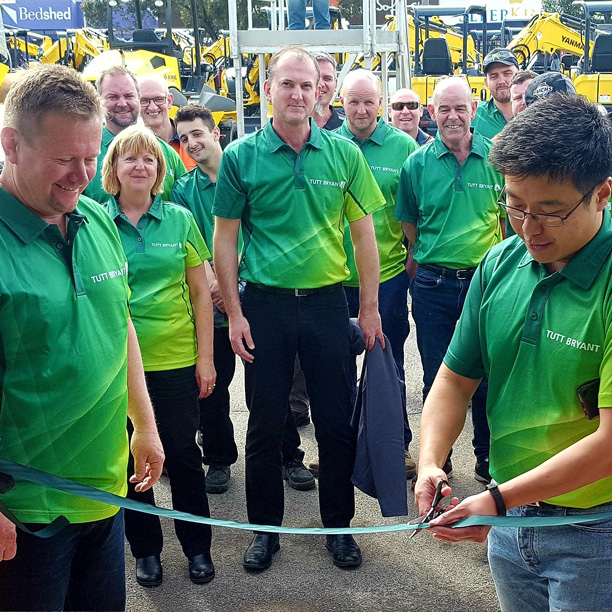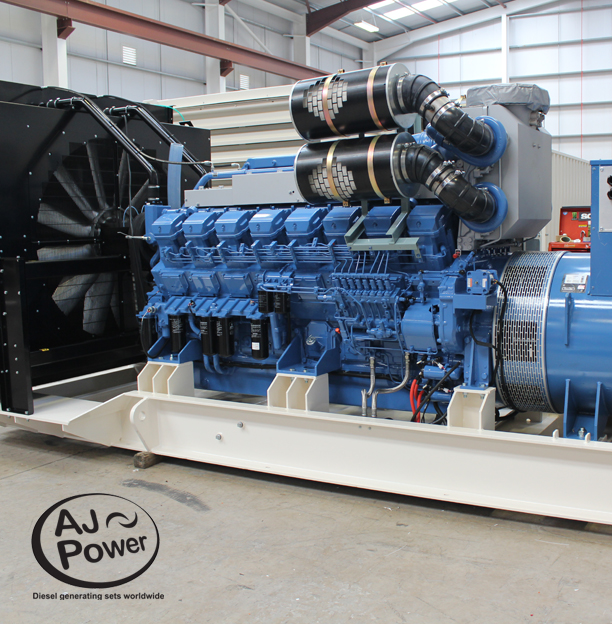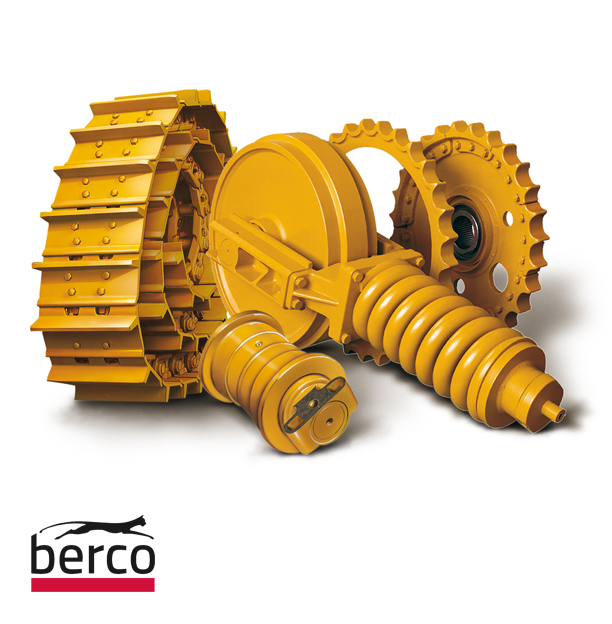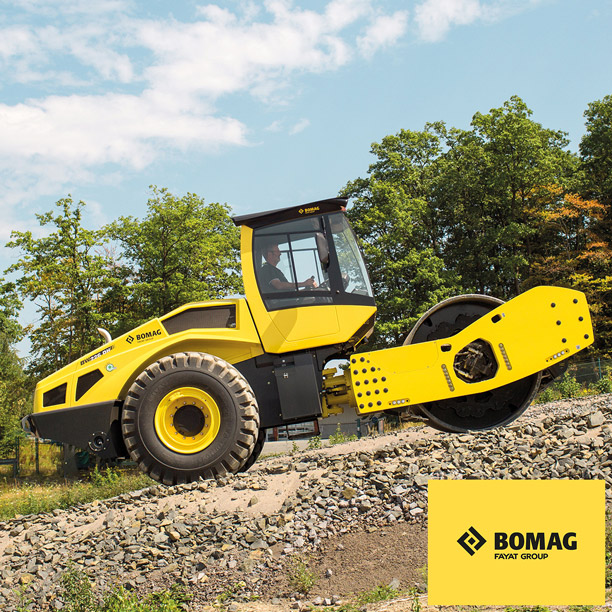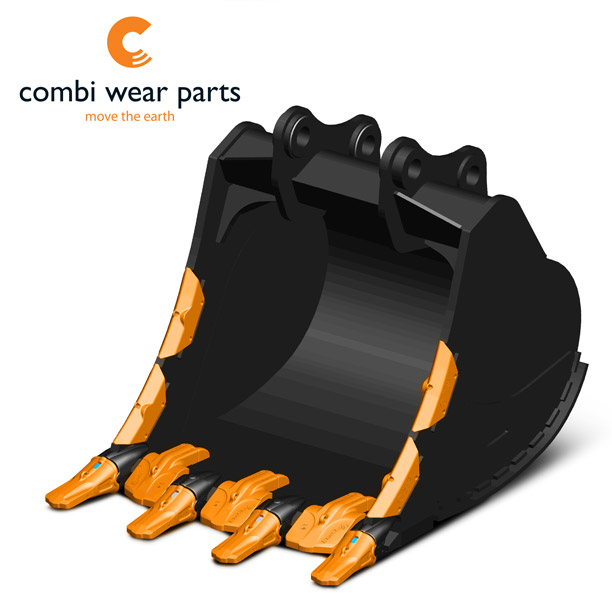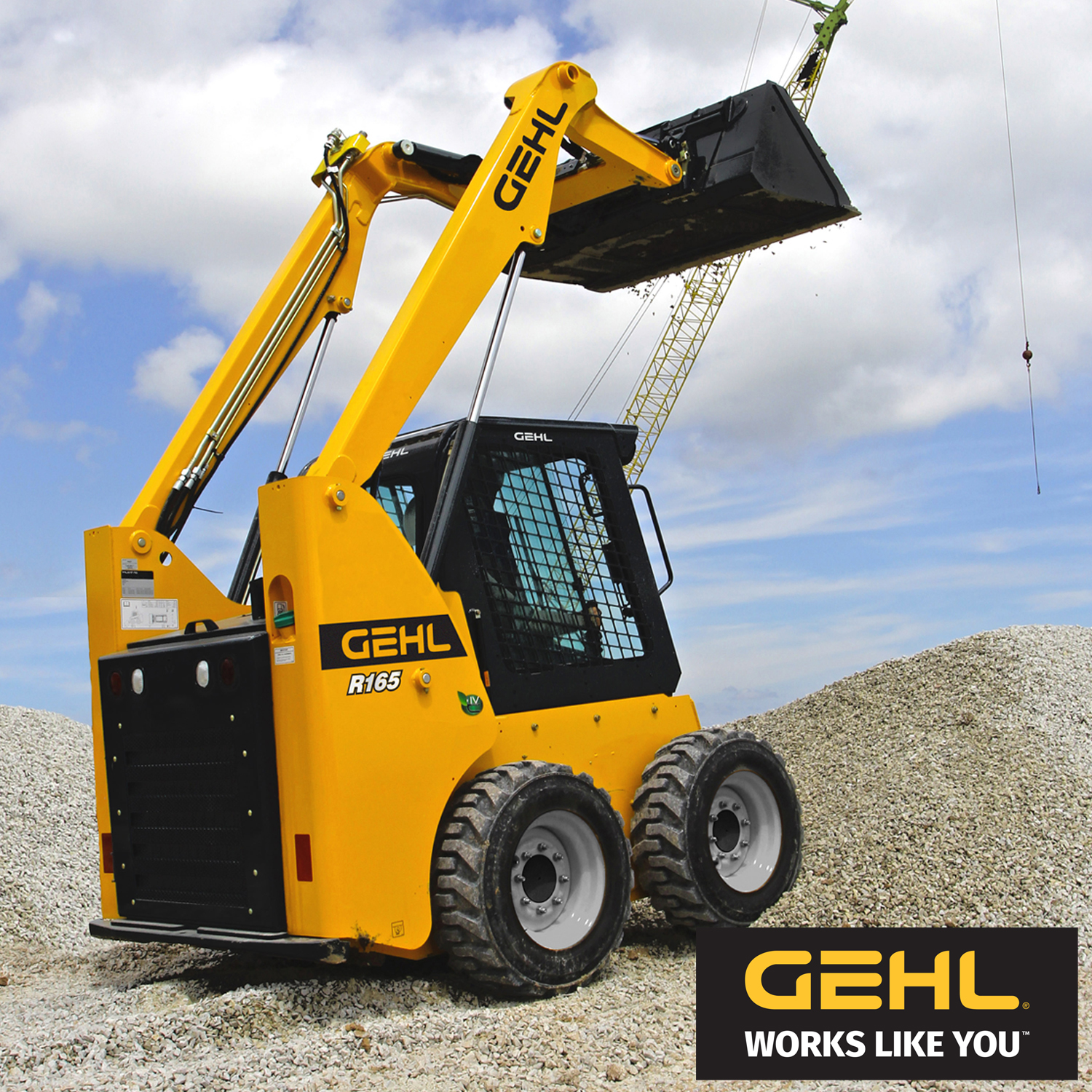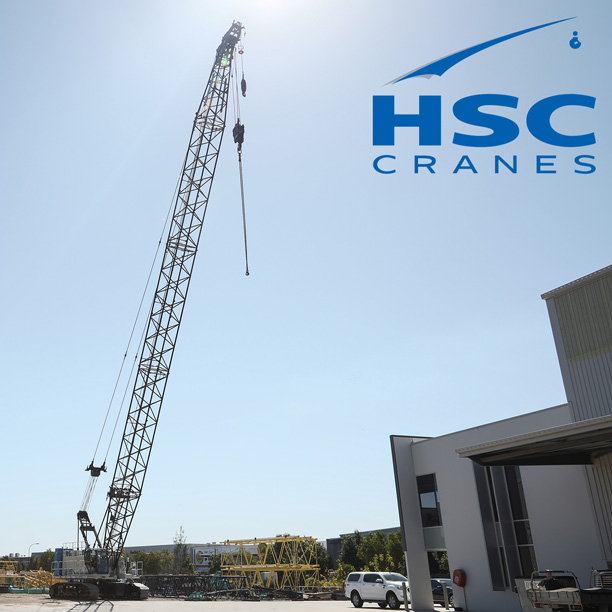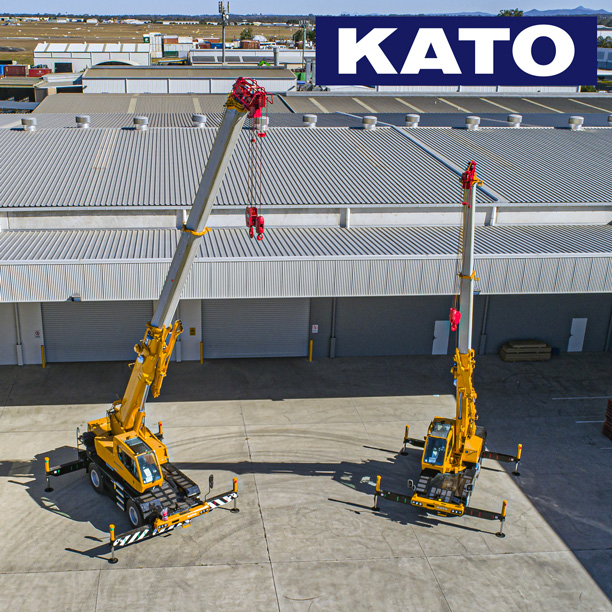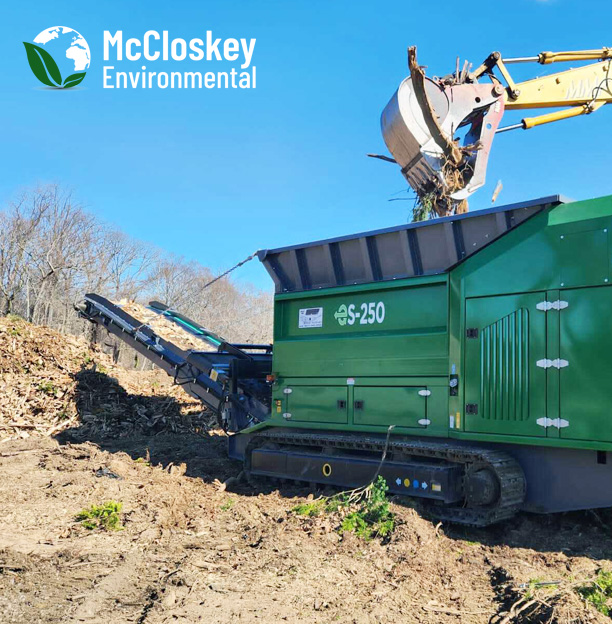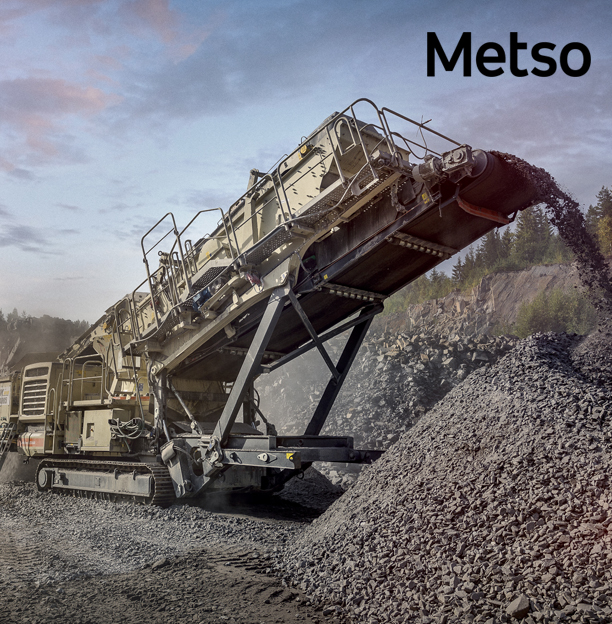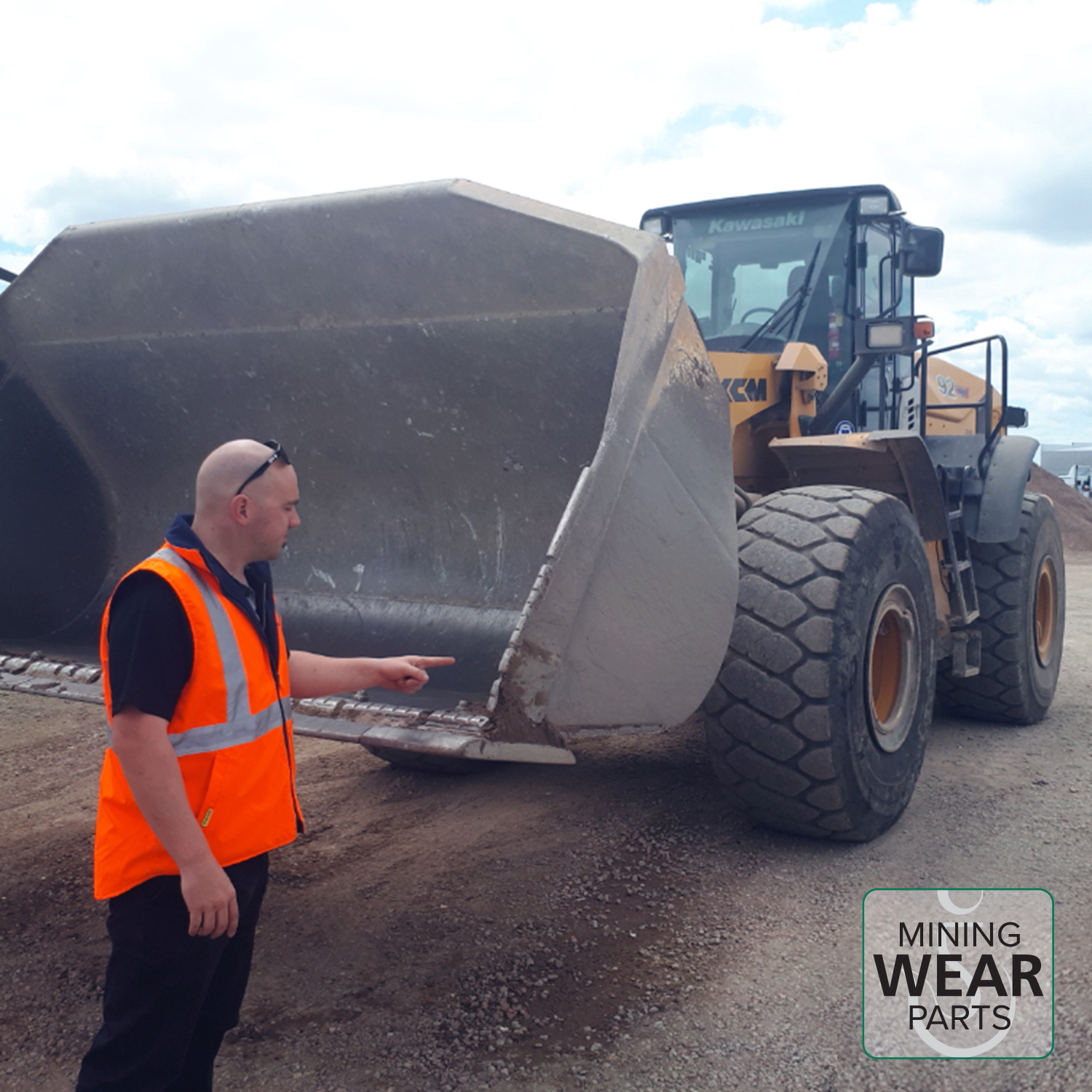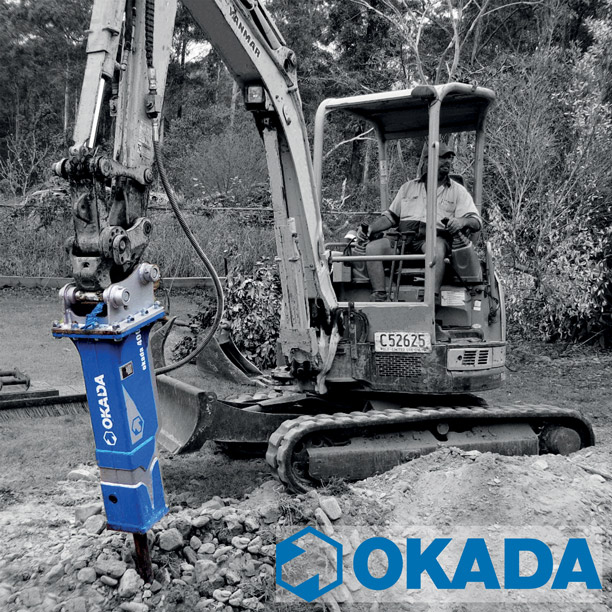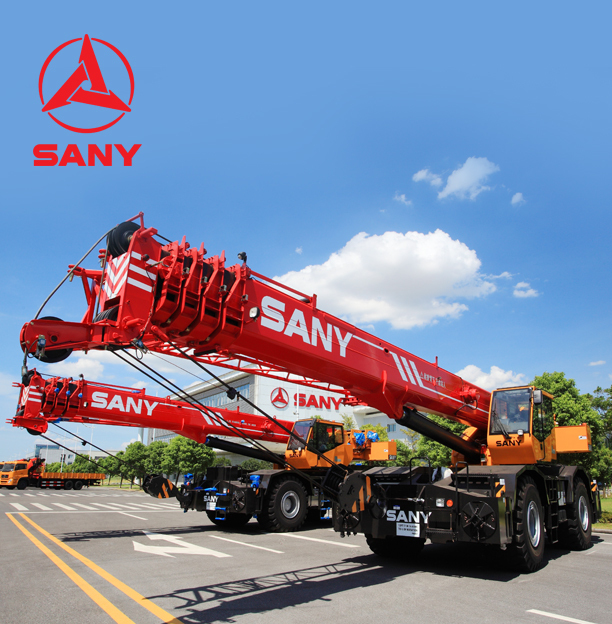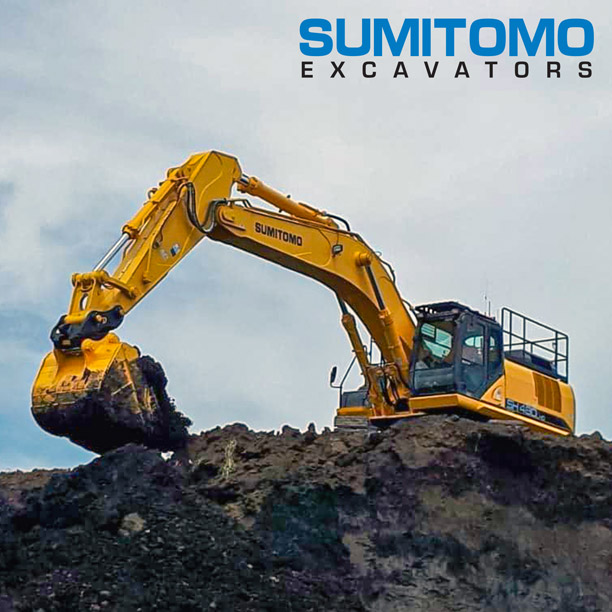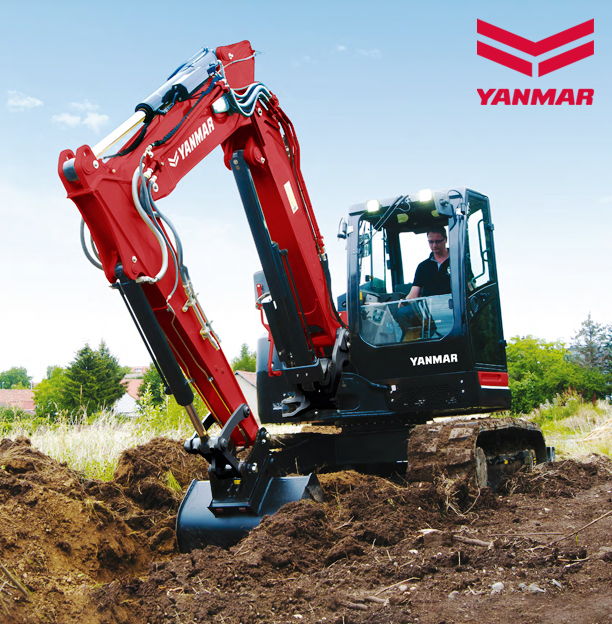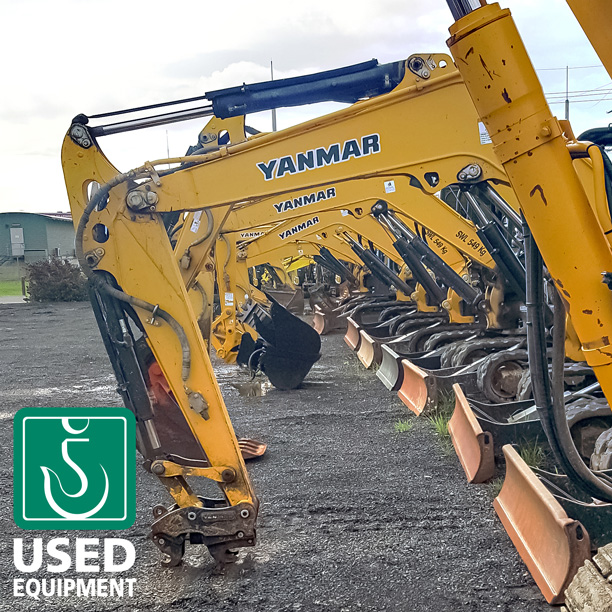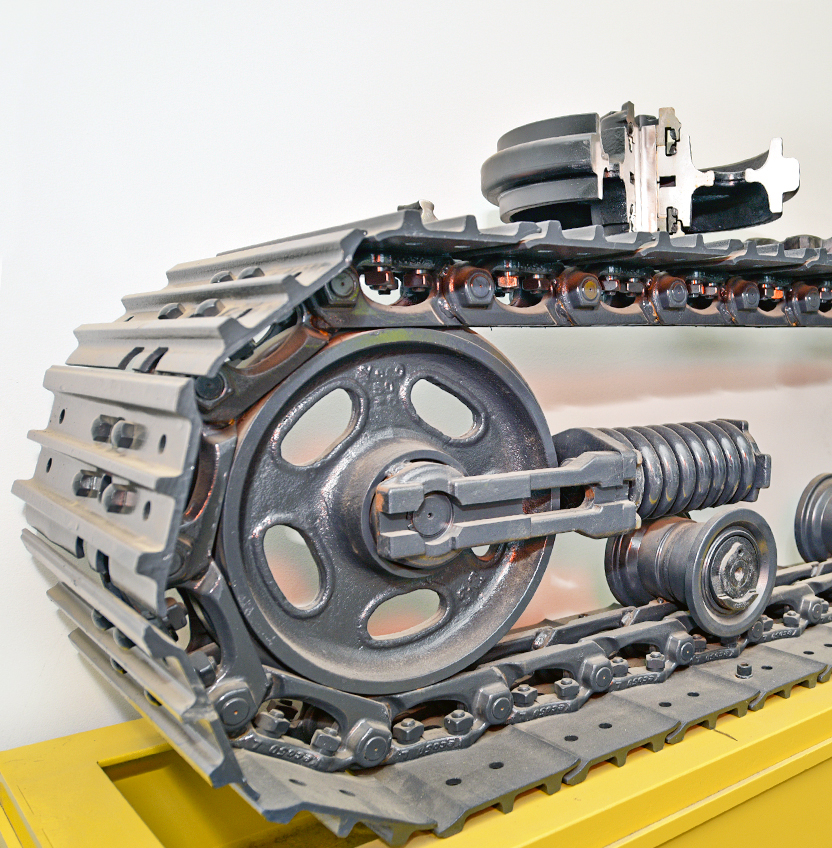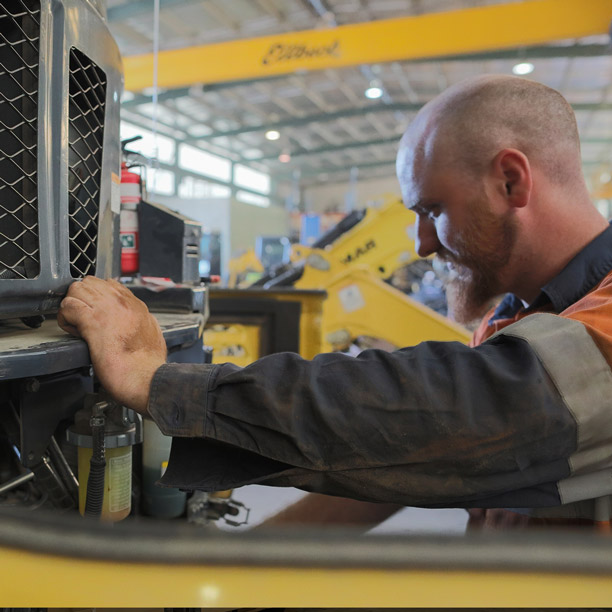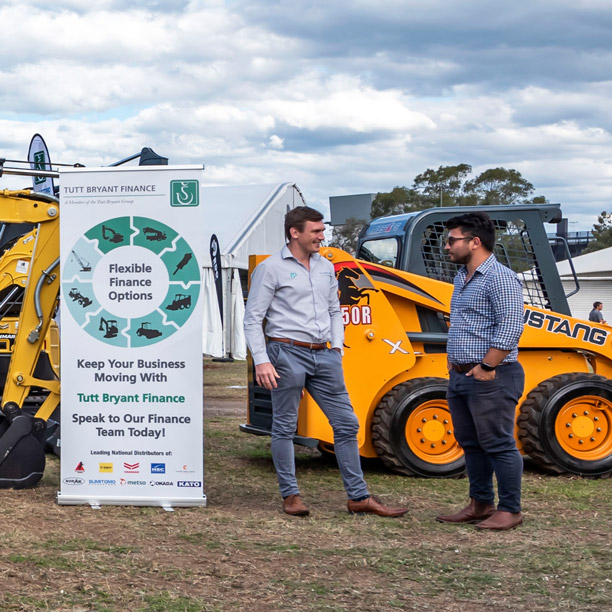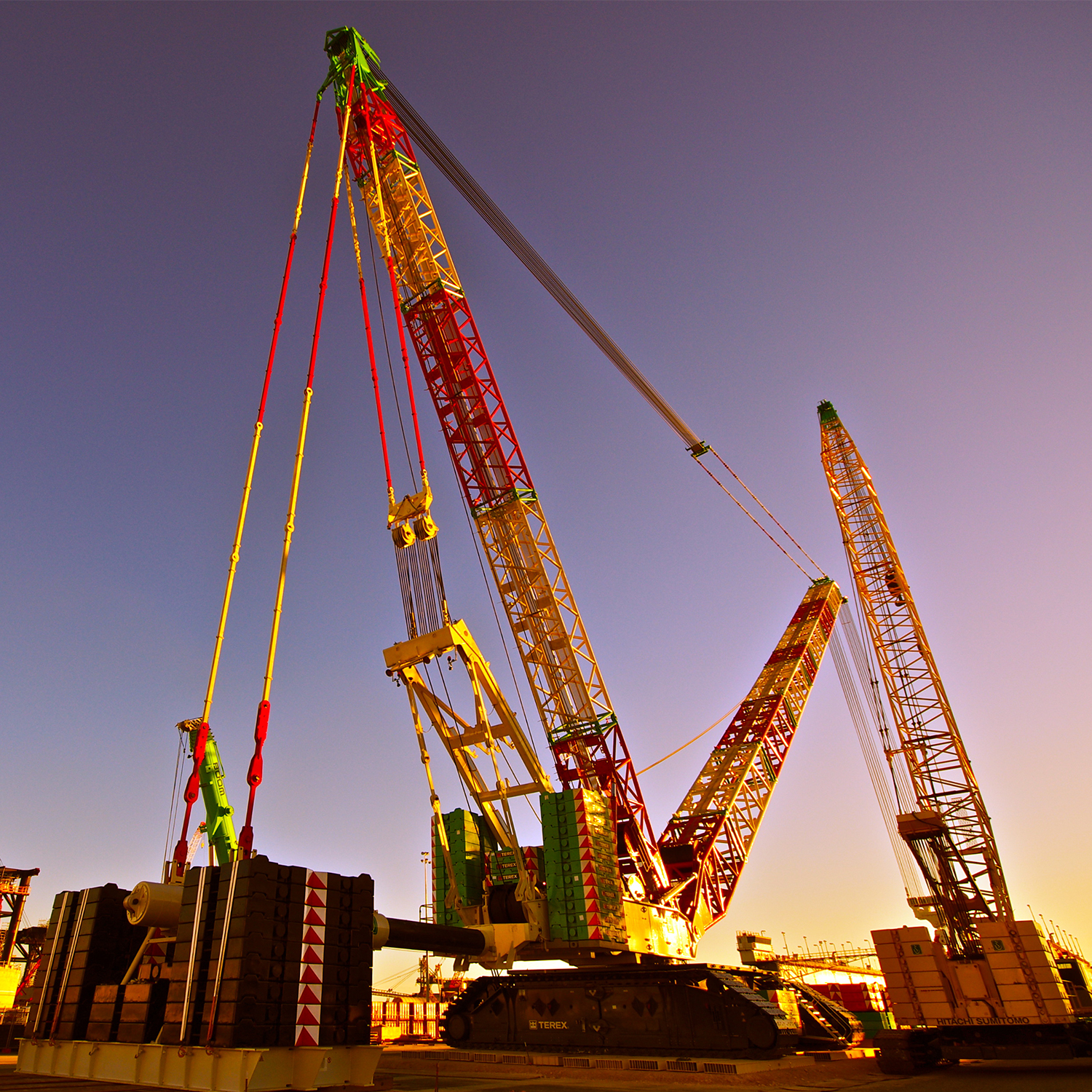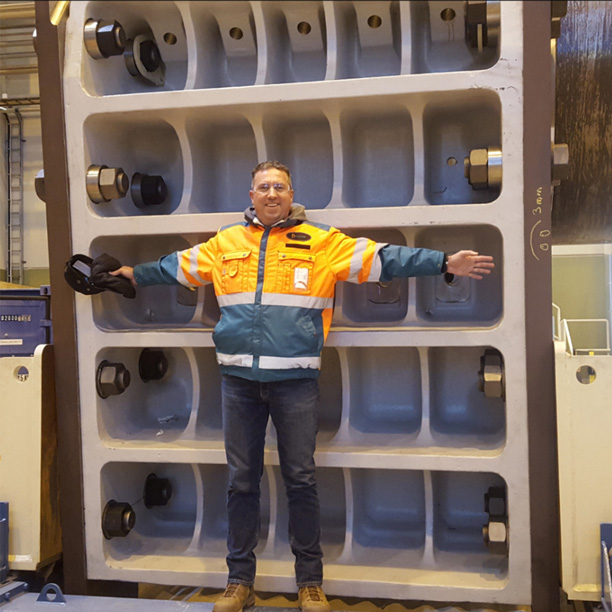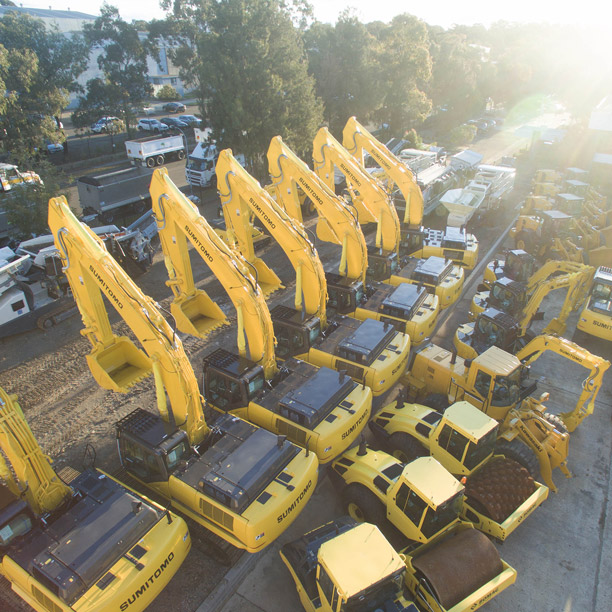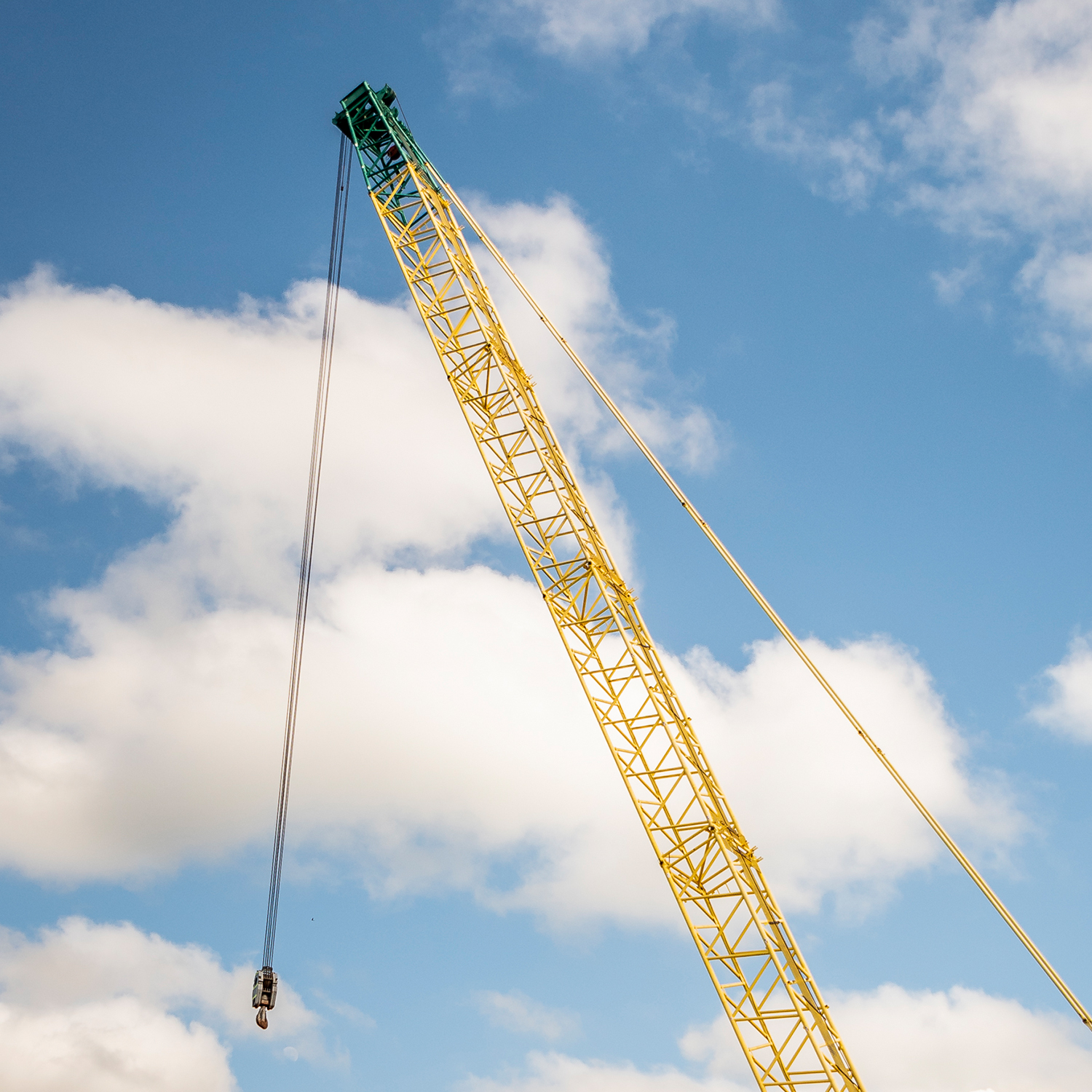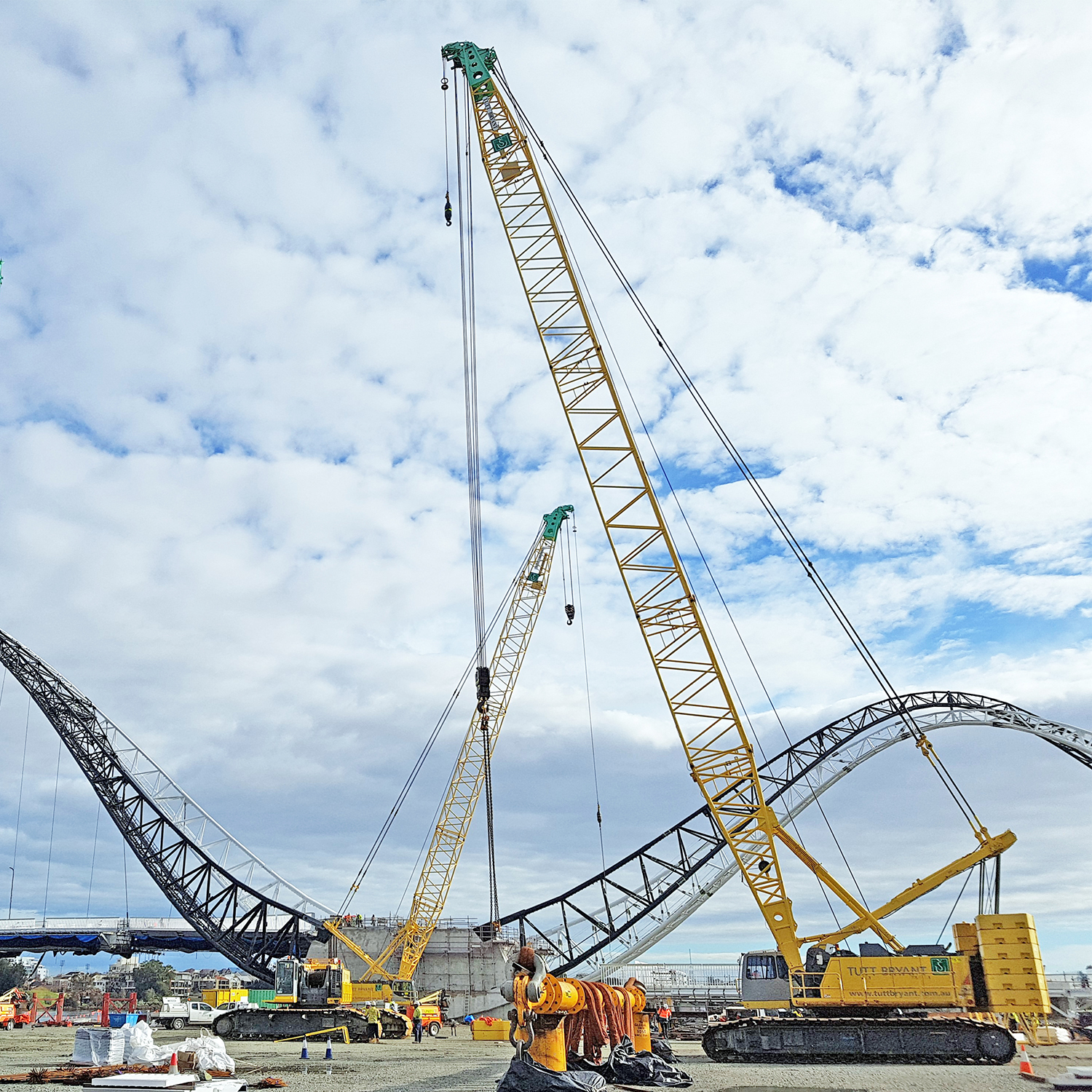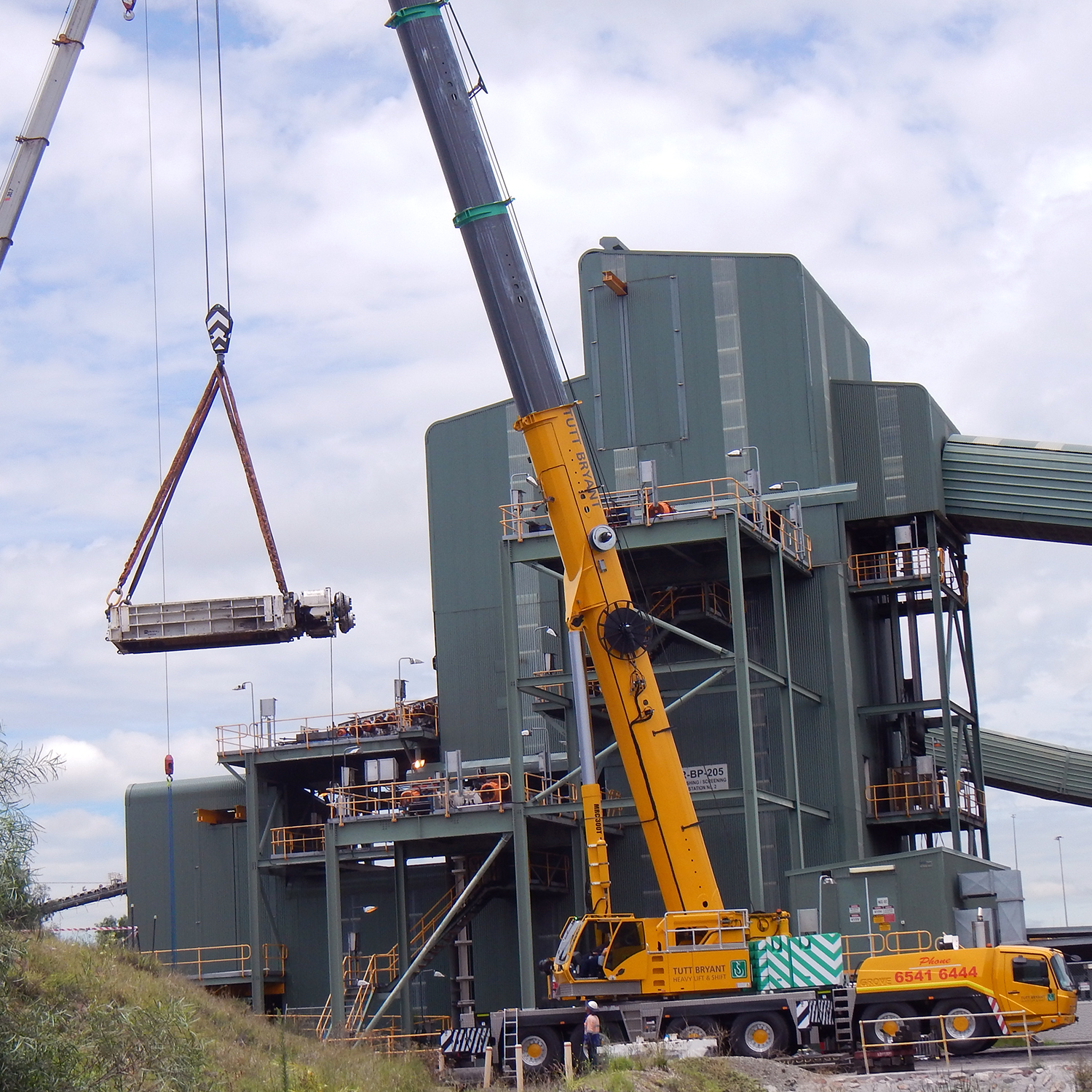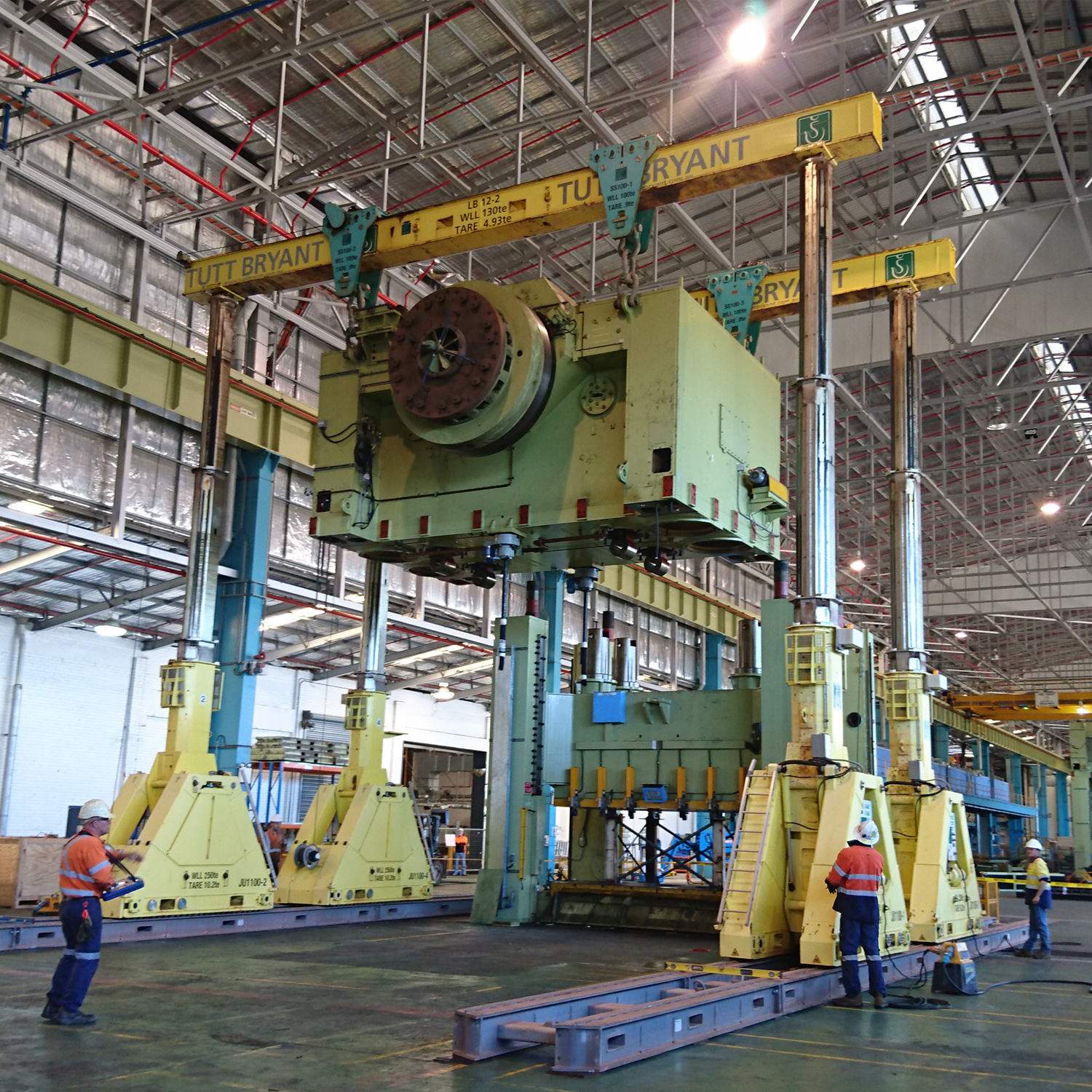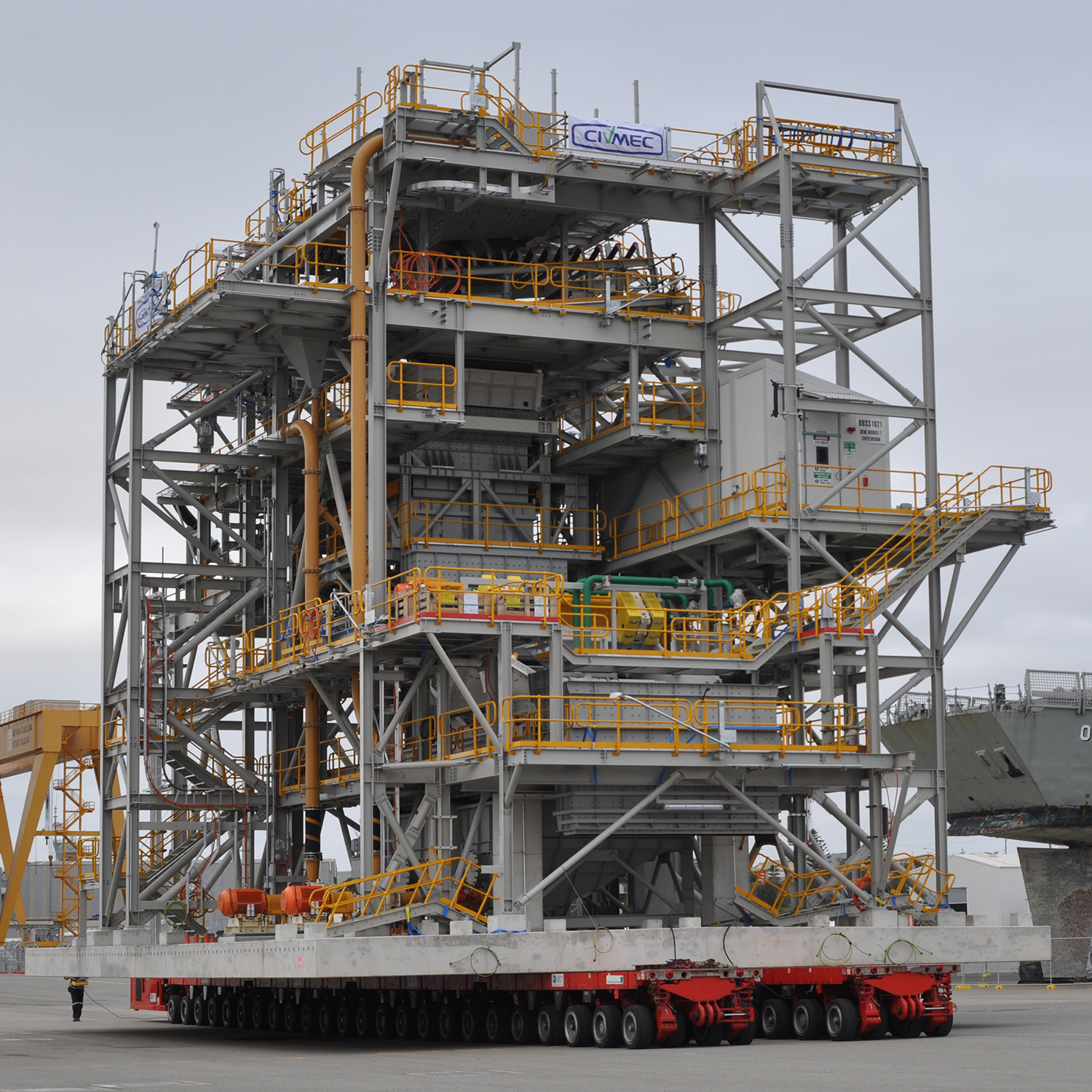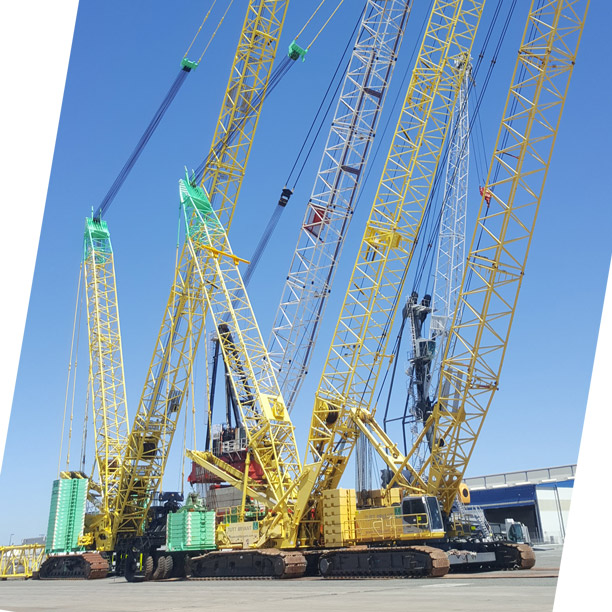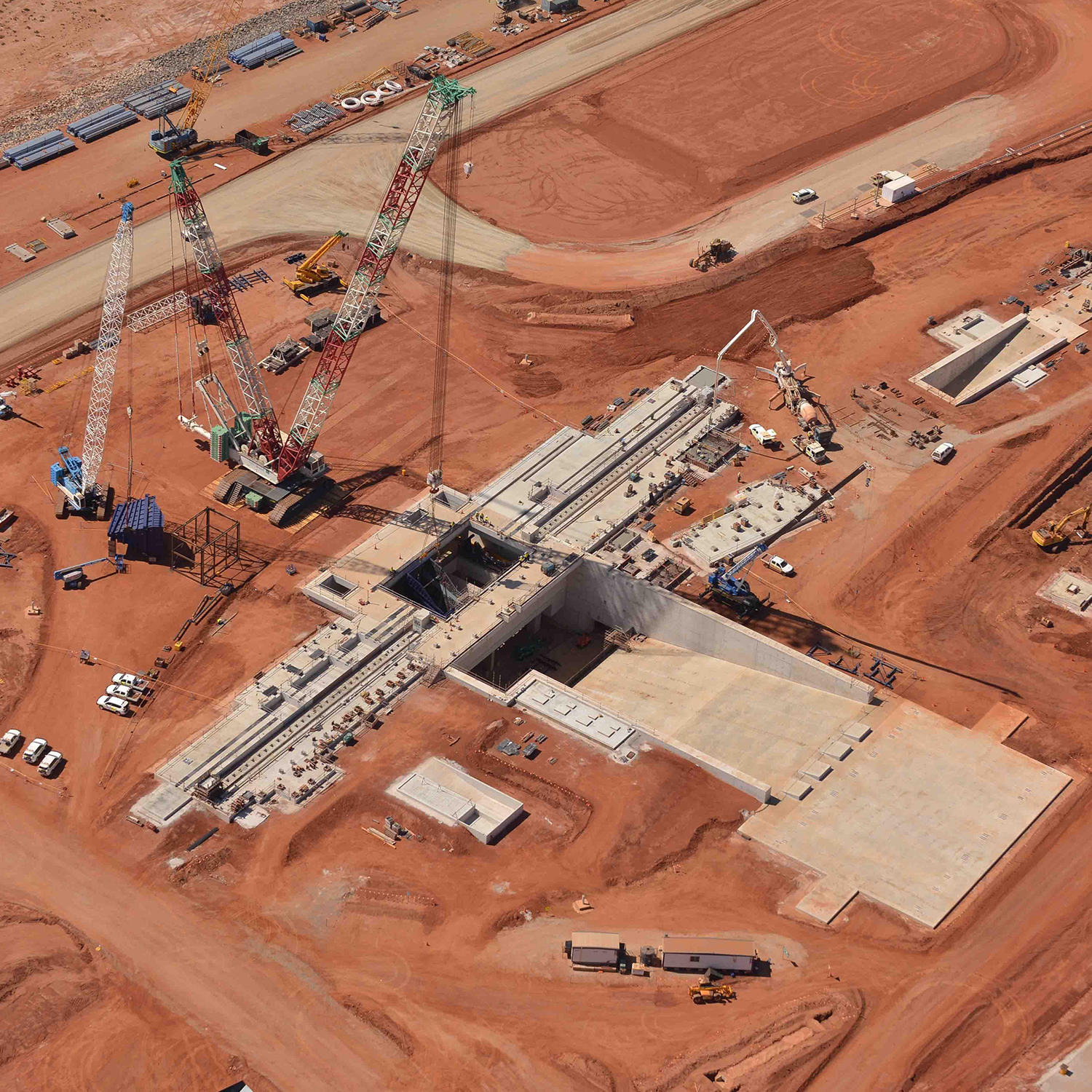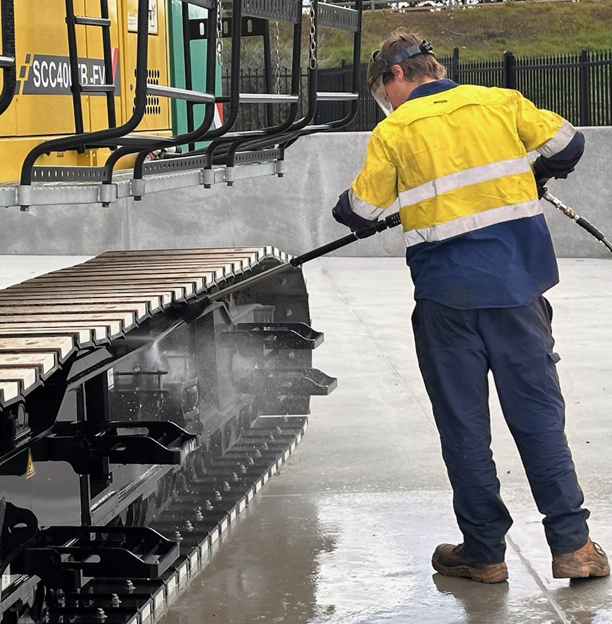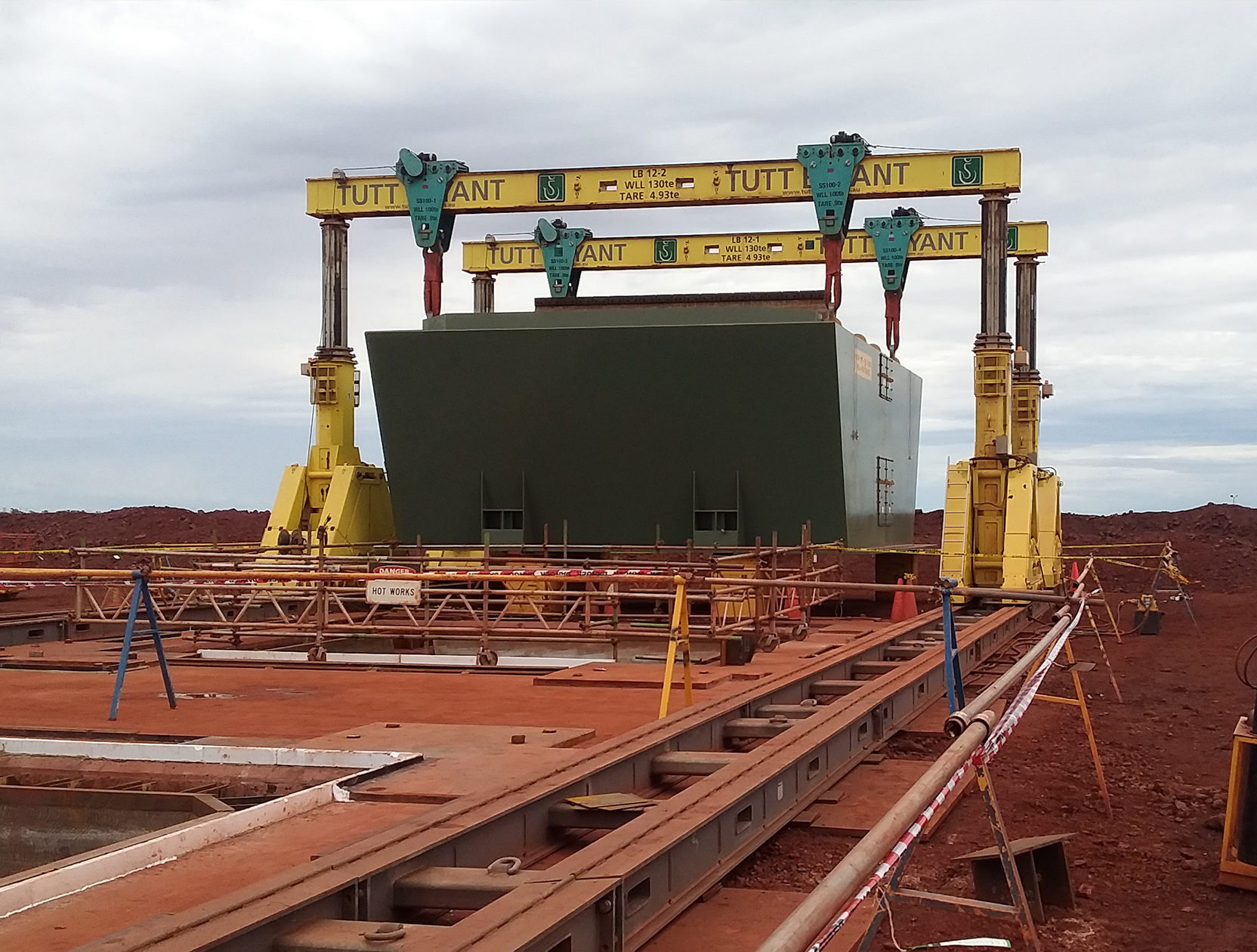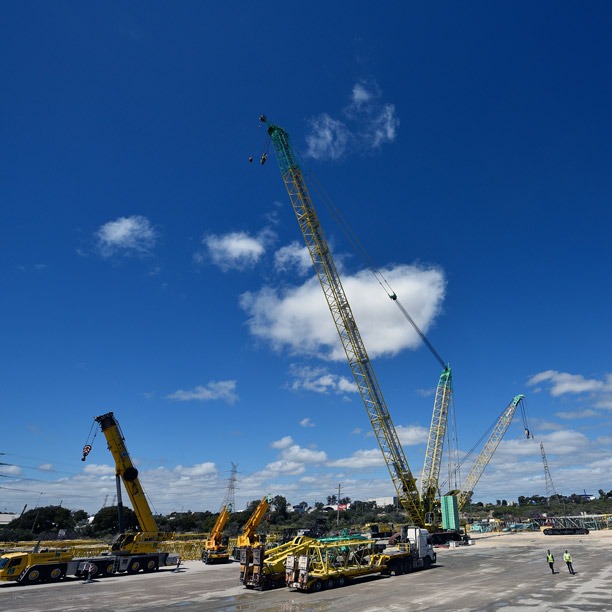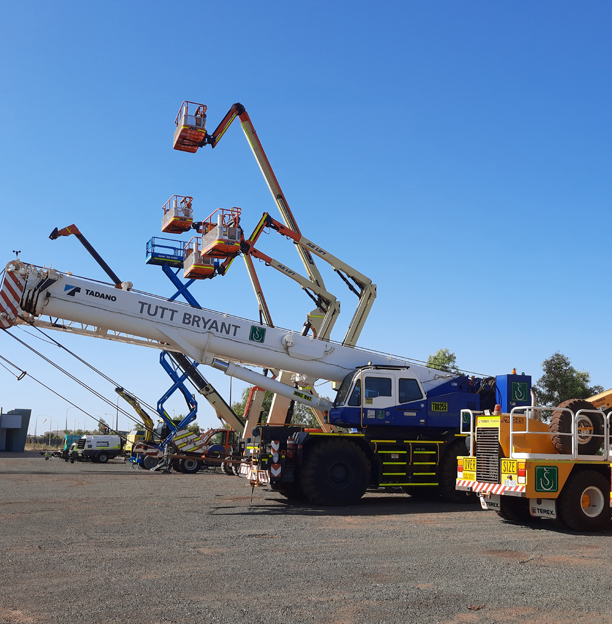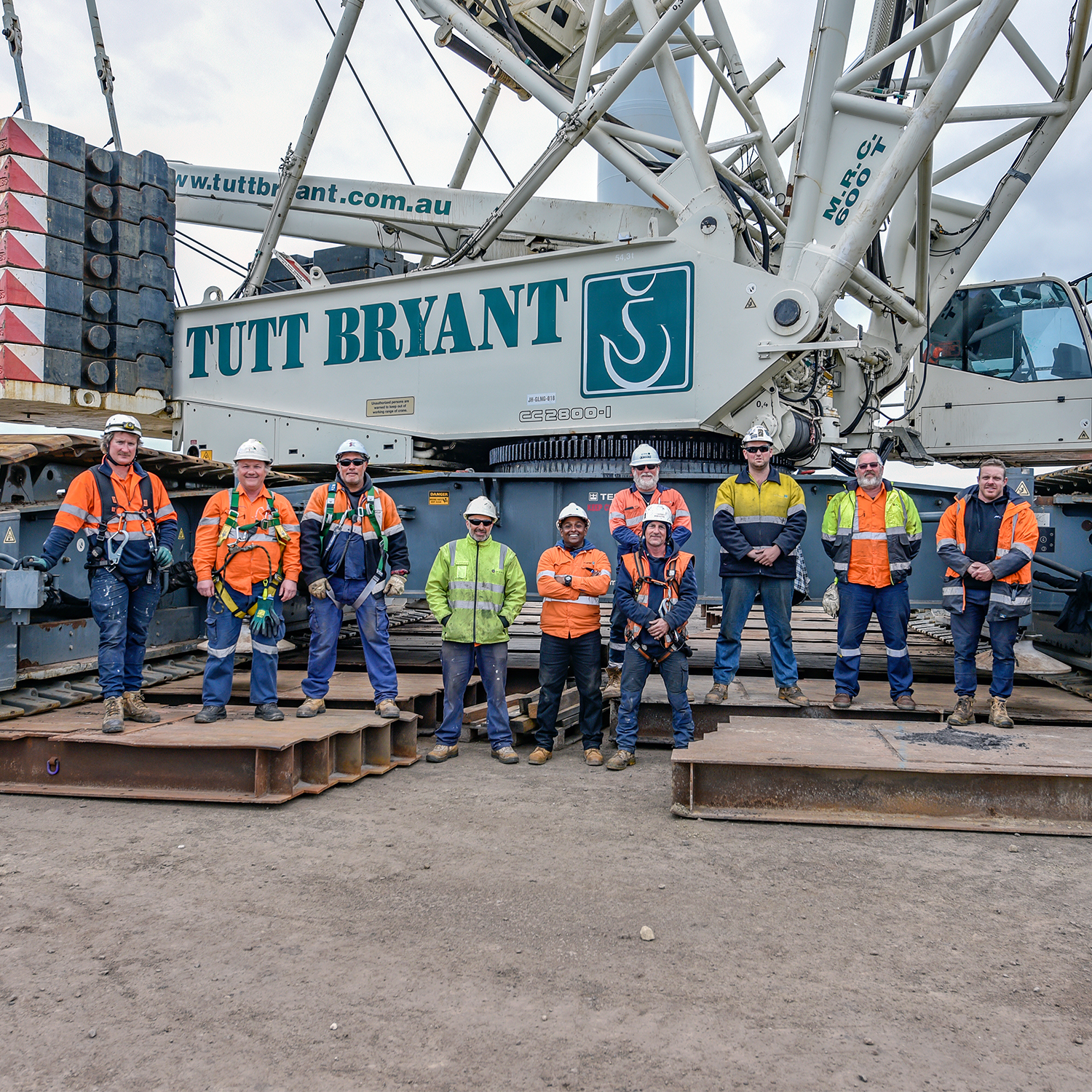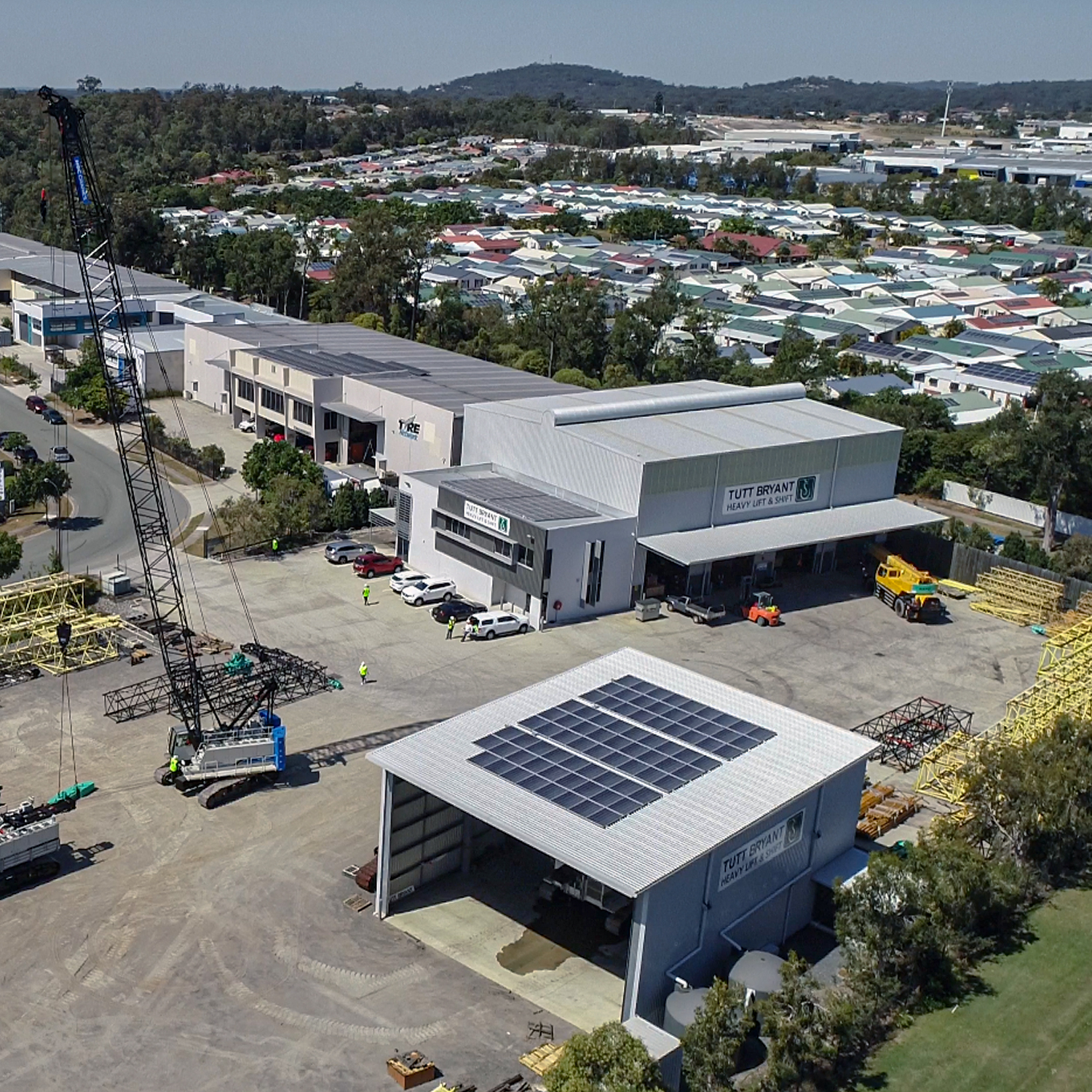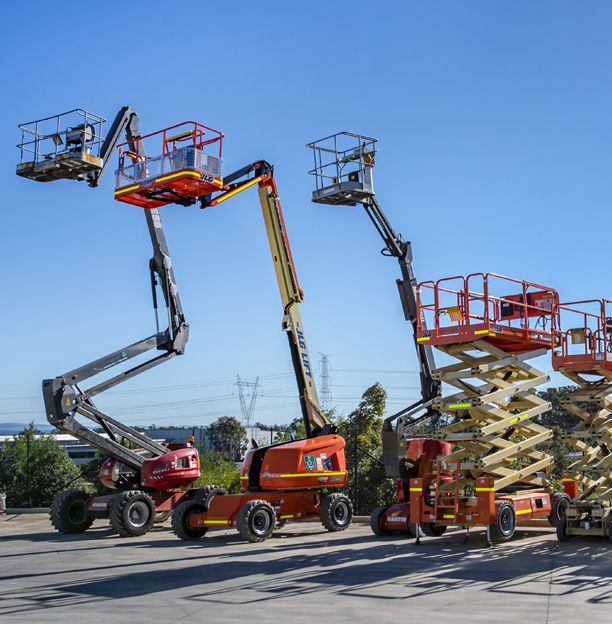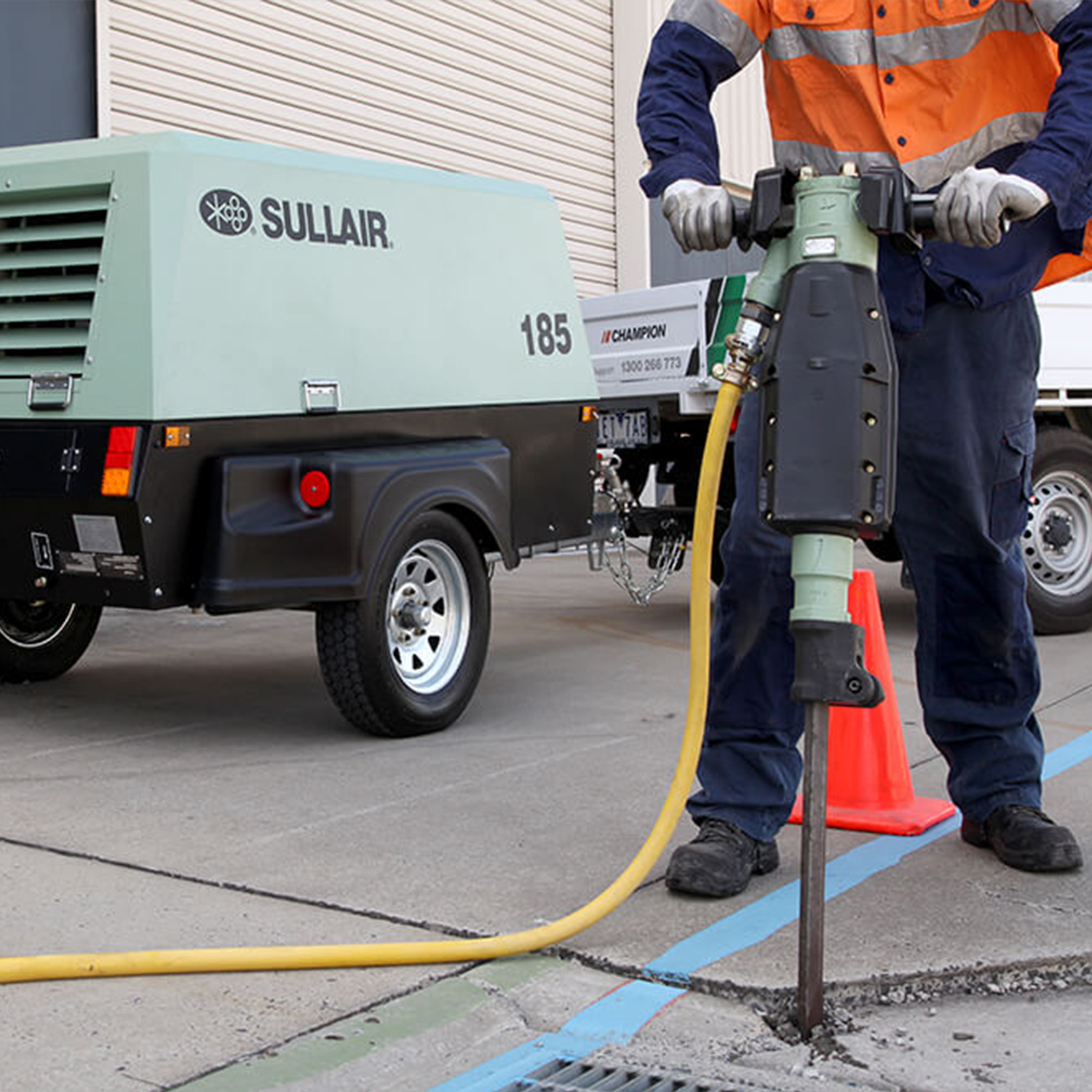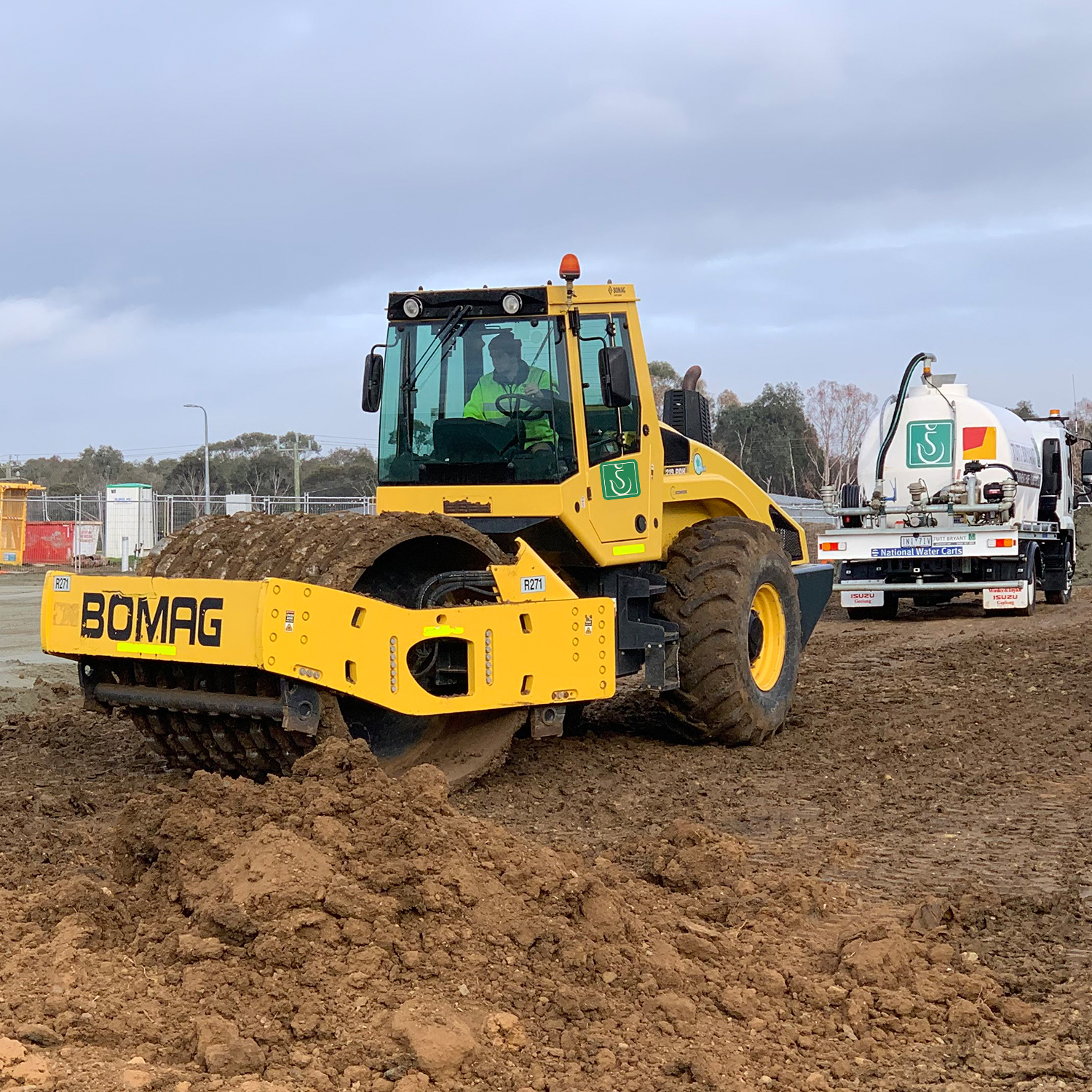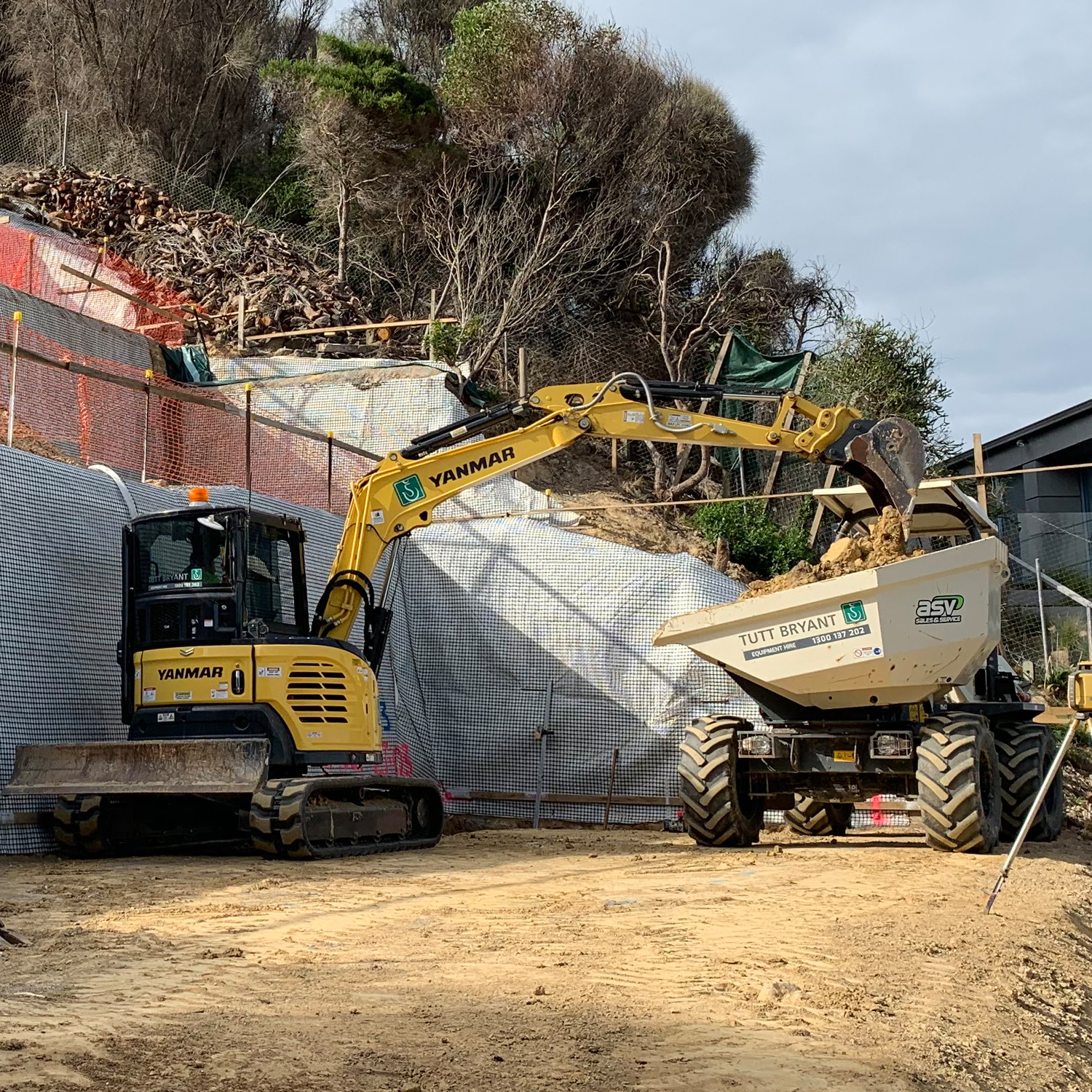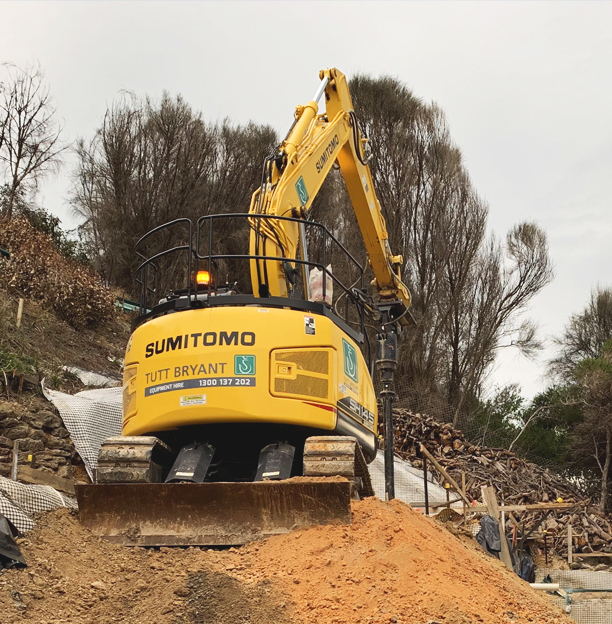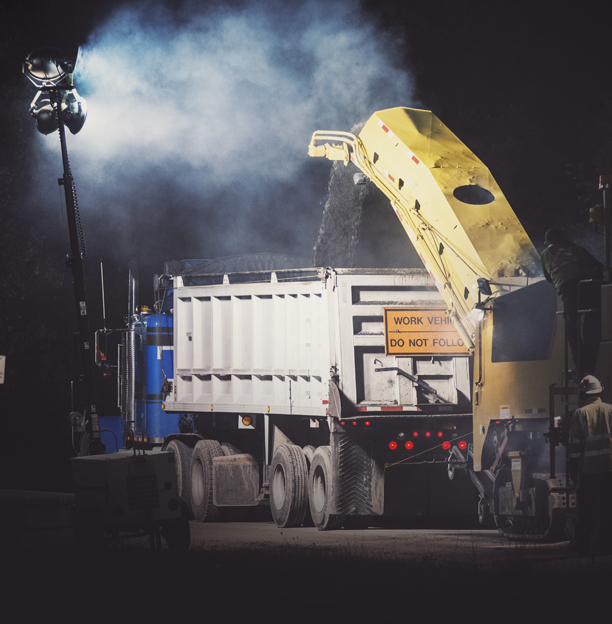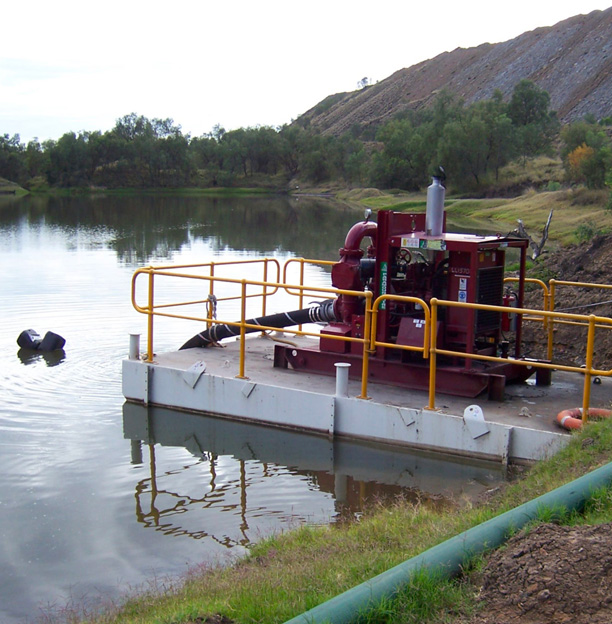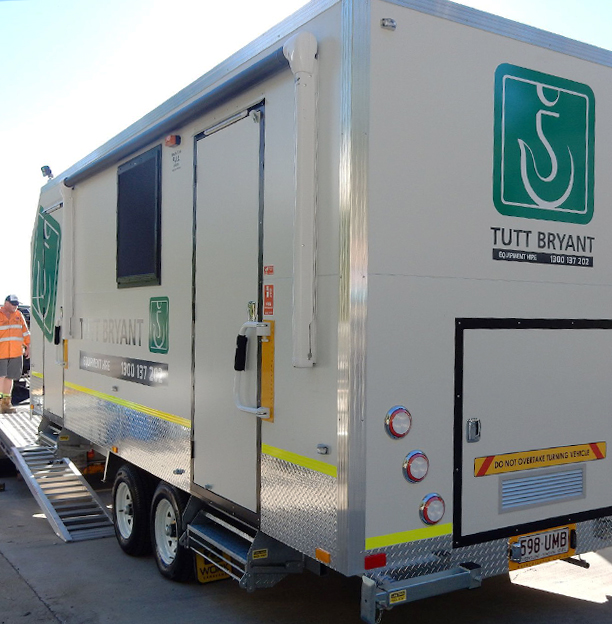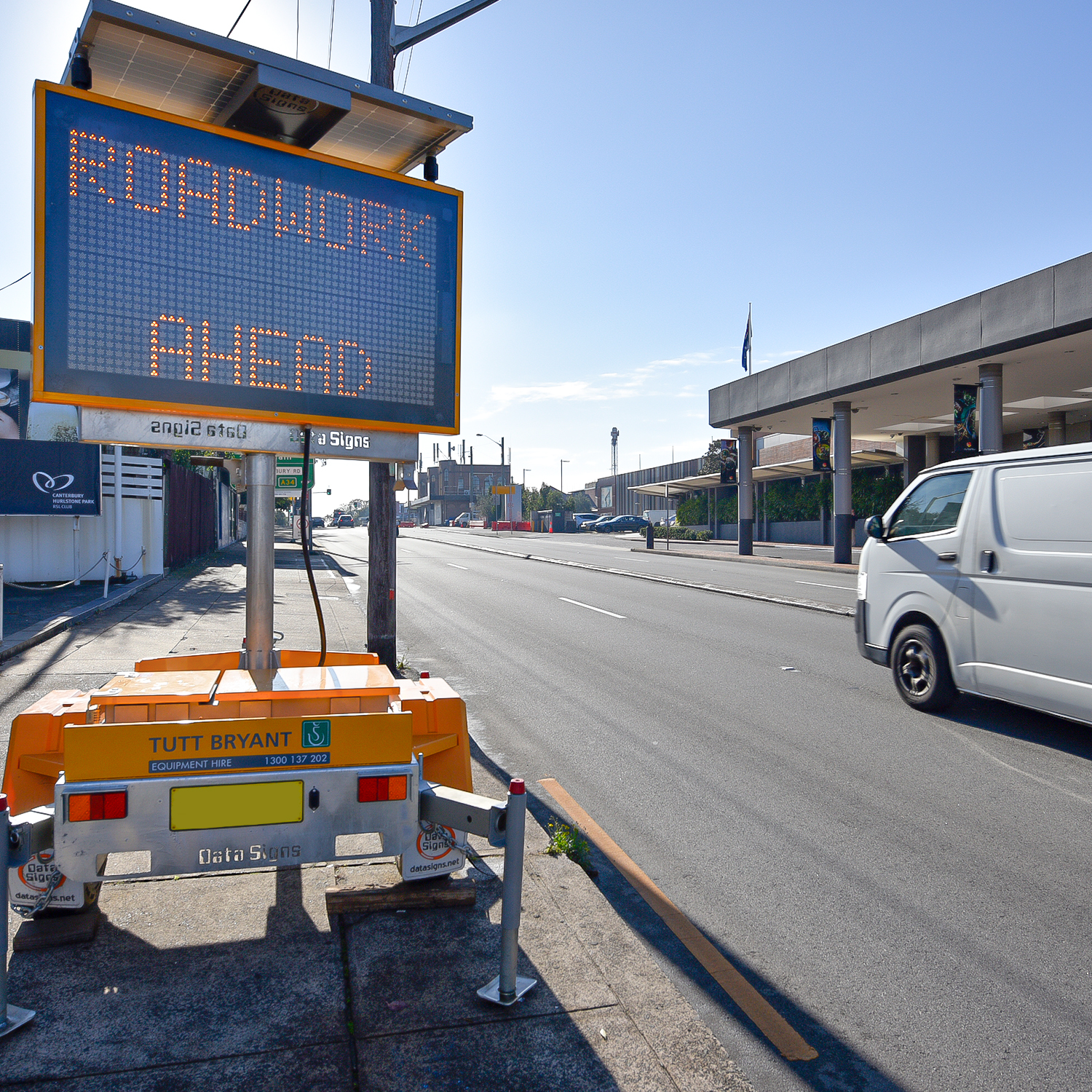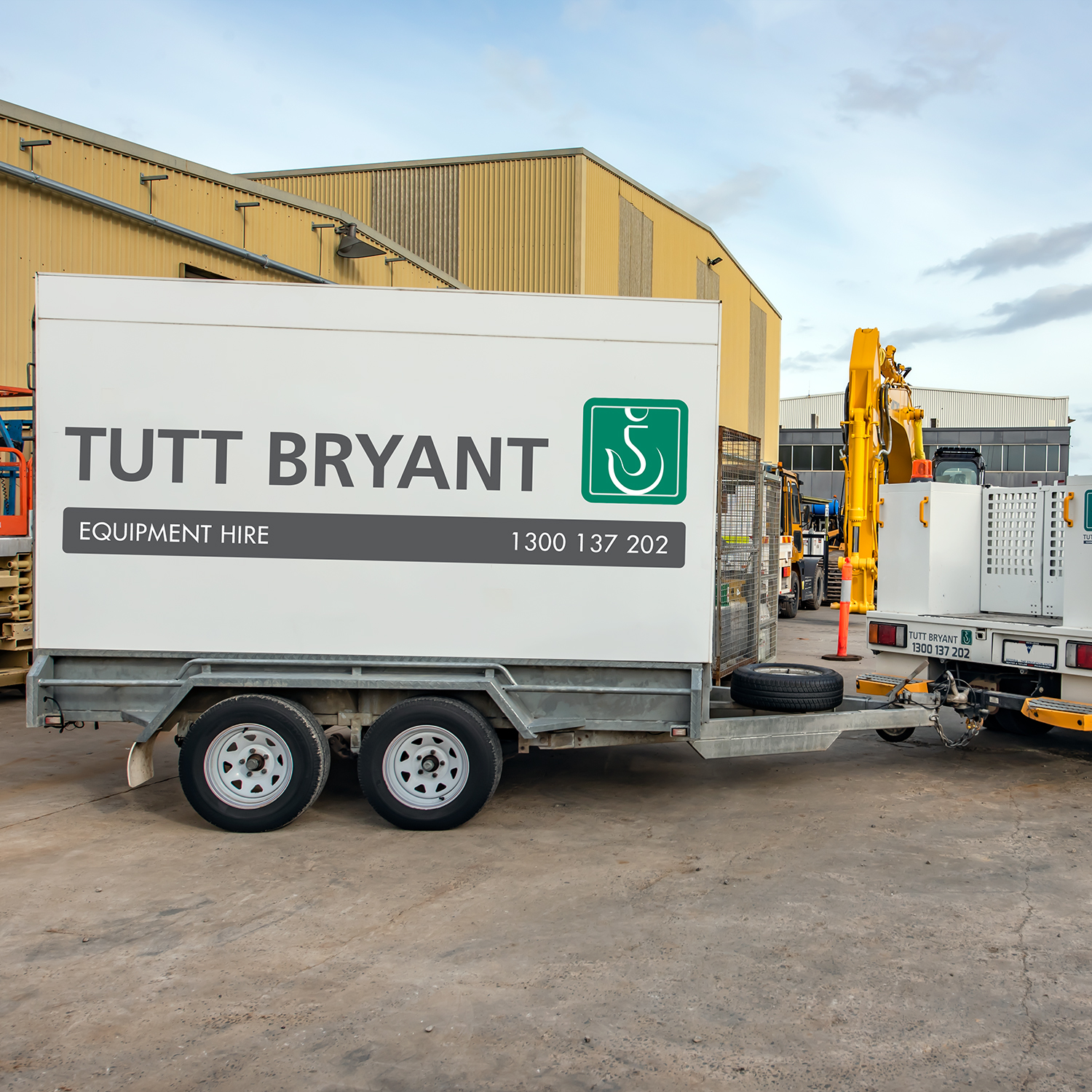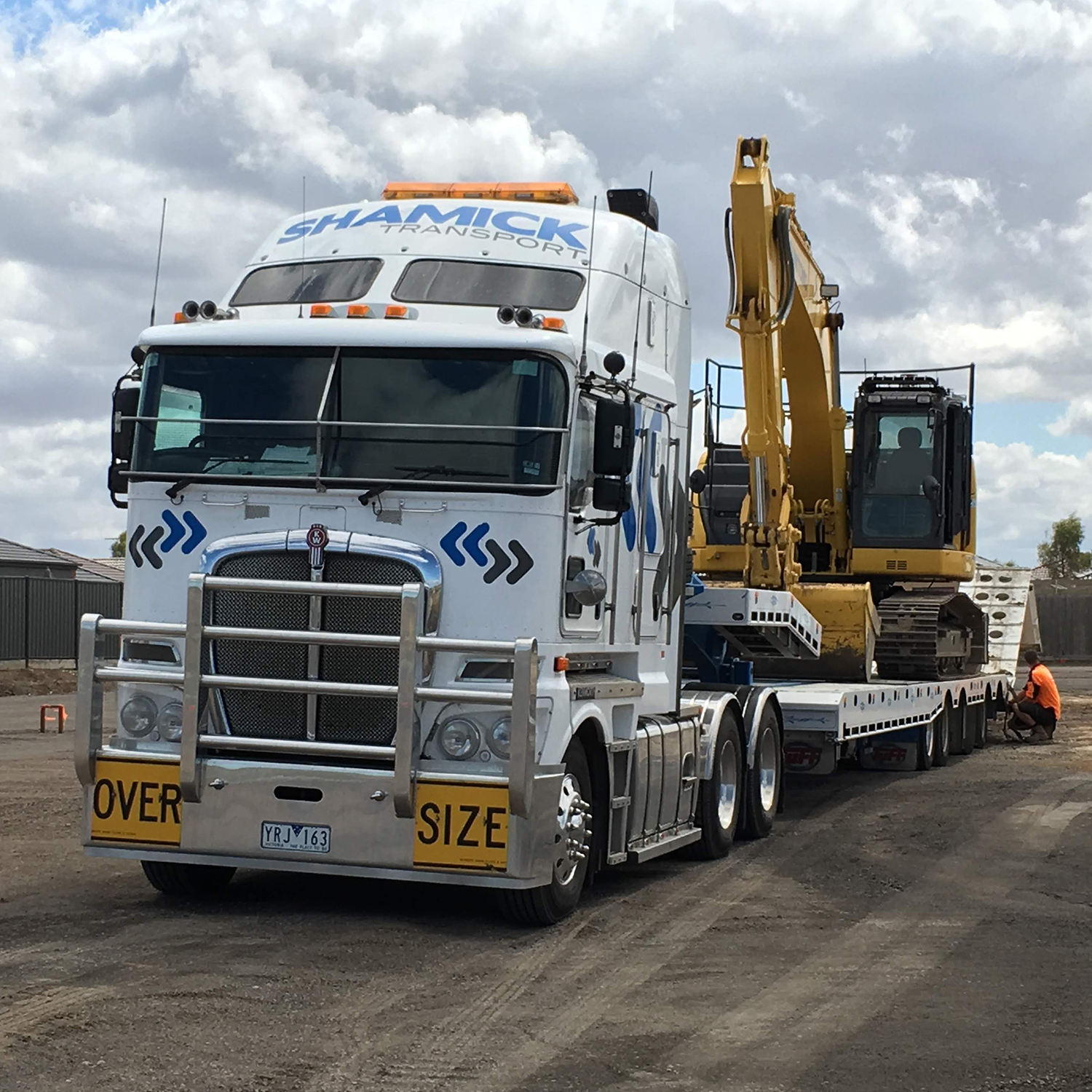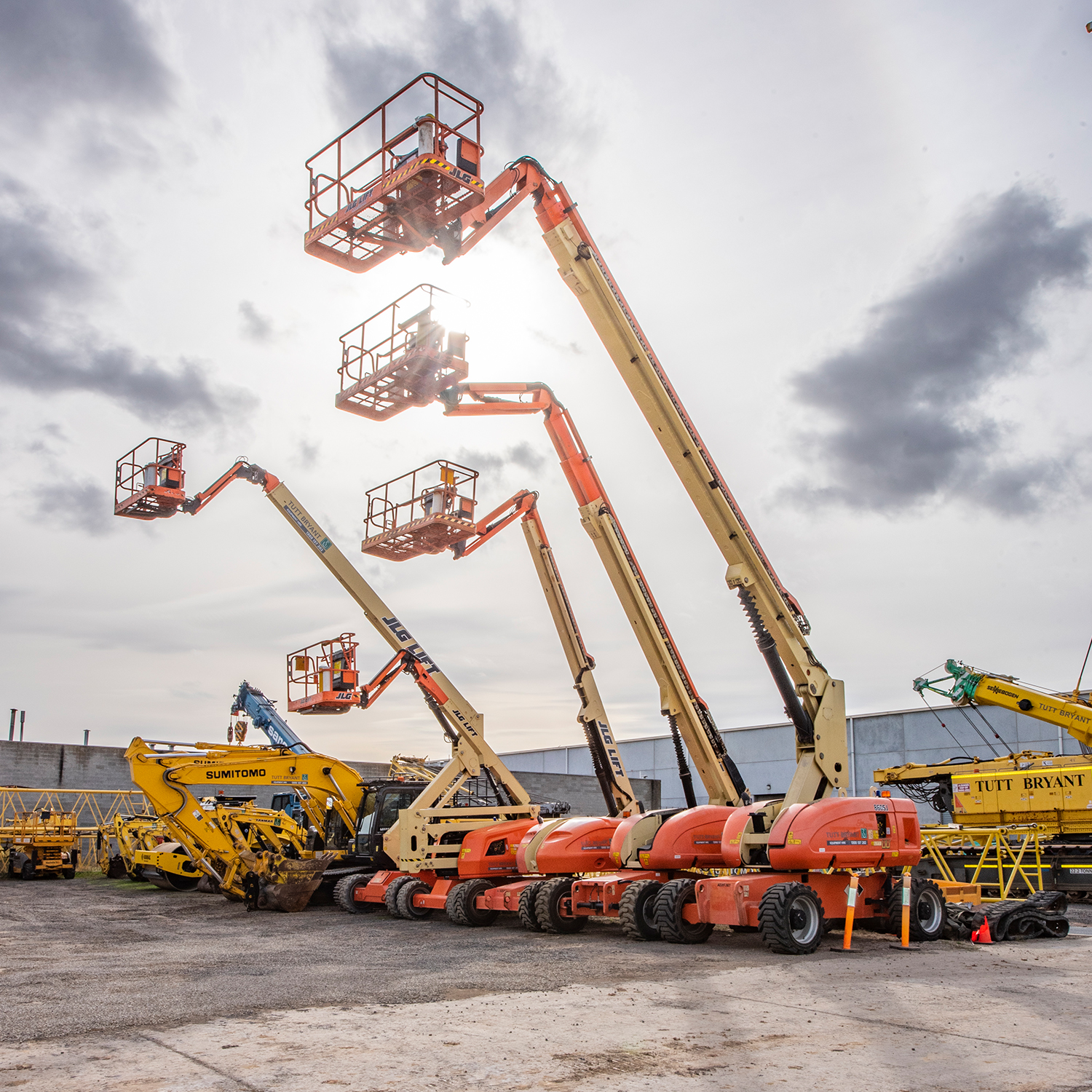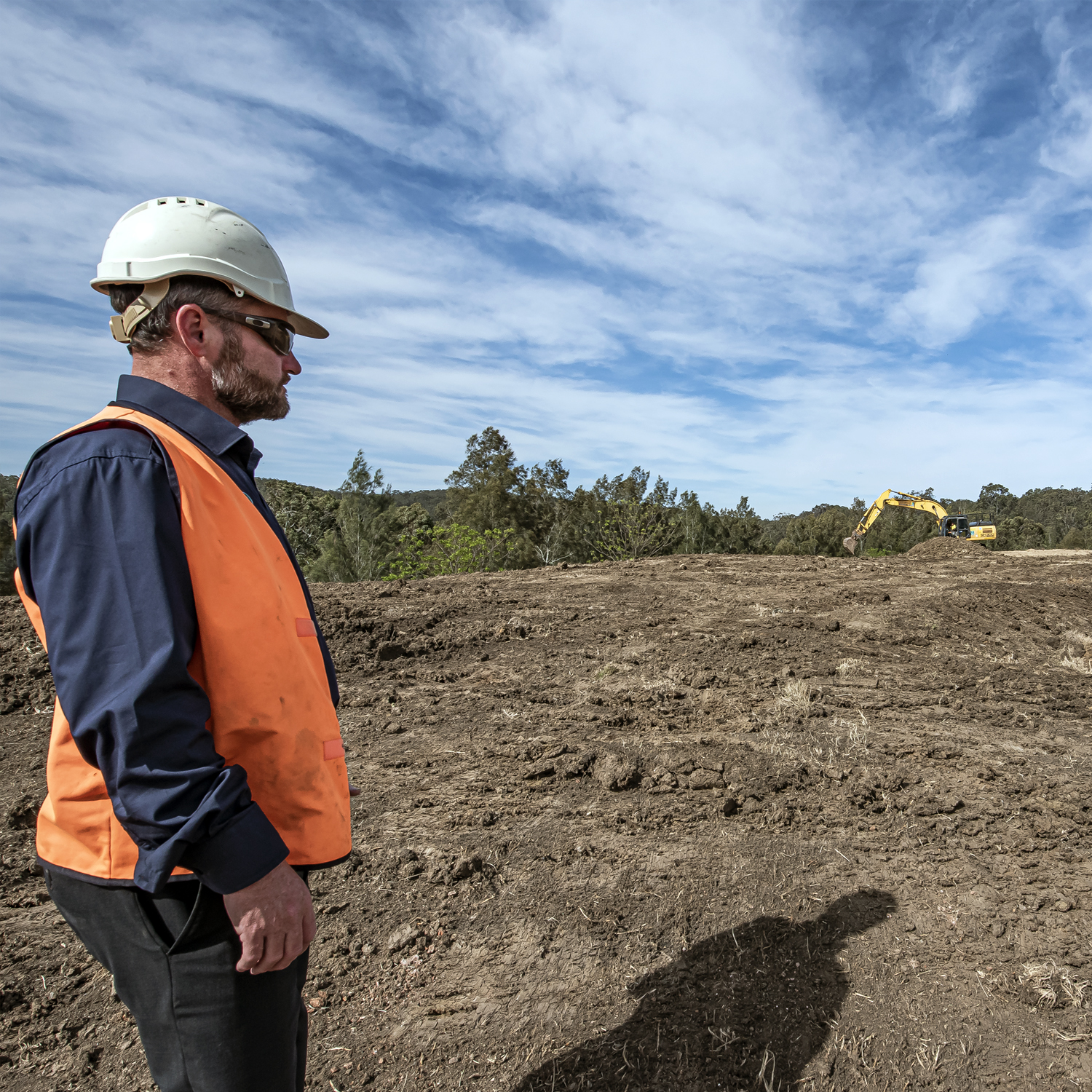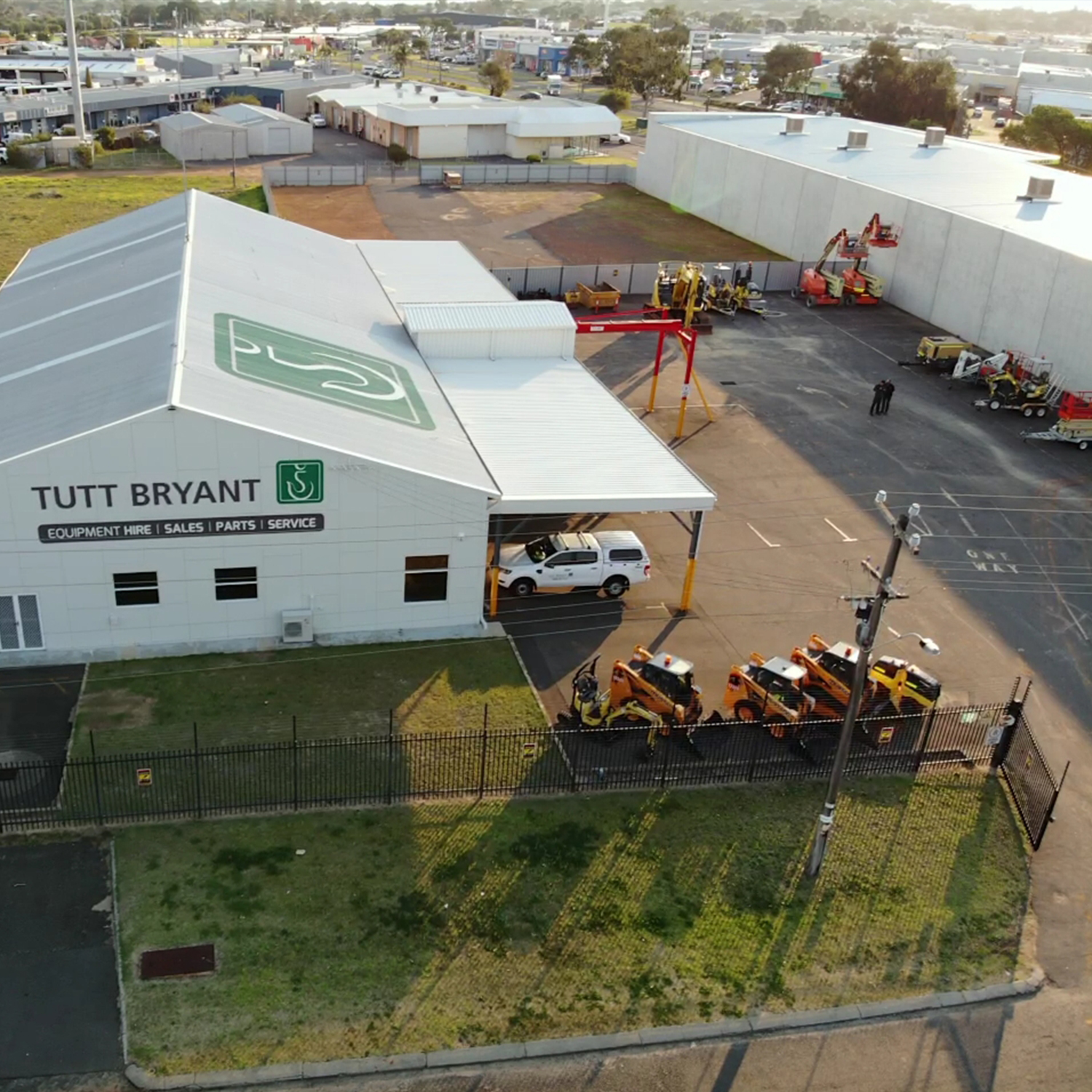SANY Shines for Tutt Bryant

SANY shines for Tutt Bryant Heavy Lift & Shift (TBHLS). Tutt Bryant via the Cranecorpt Tutt Bryant joint venture recently deployed the SANY SCC8000A, an 800-tonne capacity crawler for a complex series of lifts on the Bunbury Outer Ring Road (BORR) Project.
The Southwest Gateway Alliance was awarded the Bunbury Outer Ring Road contract with Main Roads WA, the biggest infrastructure project to be undertaken in Western Australia’s Southwest. Once complete, the BORR will improve freight efficiency and safety, and reduce travel time between the north and south of Bunbury.
Tutt Bryant Heavy Lift & Shift is involved in several lifts on one of several bridges for the project. Carl Rigby, Heavy Lifting and Project Manager for the BORR project shares his insights on the technicalities of the lifts. “The first lifts with SANY SCC8000A were for a bridge which was constructed in two sections. There were seven longer span beams lifted between Pier One and Pier Two, and each weighing in at 220 tonnes with all the rigging,” he said. “We were lifting at a 43.5m radius, with the crane operating with the superlift, we were lifting at 95 percent of its charts. These lifts were followed by another seven beams, each weighing in at 115 tonnes with hook block and rigging, we were lifting these at a radius of 75.5m again at approximately 94 percent of the crane’s charts,” said Carl.
SANY SCC8000A features a Cummins QSX15 engine and a maximum lifting moment of 12016 tonne-metres. This 800-tonne crawler crane also offers a completely automated load moment indicator, boom angle limit, and closed-circuit monitoring system for safety measures.
One of the standout features of the SCC8000A is the flexibility of its boom. Displays 99m of a main boom on the standard crane, 111m of main boom with superlift attached, 123m of a mix (heavy and light) main boom in the standard crane, and 147m of mixed main boom and full superlift. The crane comes with 168m of power boom which includes 3.5m sections that are fitted. Featuring a superpower boom made up of two booms side by side for a certain portion of the main boom, TBHLS purchased the crane with a short fixed – wind jib which can be used to install wind turbines weighing over 100 tonnes at a hook height of 175m.
It has a full luffing fly of 96m as well which can lift up to 68 tonnes at 194m hook height.
According to Carl, TBHLS had limited space to conduct the lift. “Because we had limited space, we only had access to one side of the crane. The bridge beams were brought in by the side of our crane and we had to lift them without the superlift. With these lifts the crane was operating at 95 percent of its chart so it was getting up there,” he said.
Carl explained that due to the lack of space, significant logistical planning was required to ensure the right parts for the crane arrived in the correct order for the crane to be built. “Close to 60 trailers of equipment were required for the crane, but because we were stacked on top of one of the bridges’ abutments, it meant there was no room for error in terms of the sequence of how the equipment was delivered. A ramp up to the abutment had been constructed and we had no room on top of the abutment to dual handle or double stack or double handle any of the equipment. Our logistics team had to carefully plan the sequence in which the equipment was delivered otherwise we would have made life very difficult for ourselves,” said Carl.
“We had to build the crane from the abutment, so we had an assembly pad built with ground bearing mats for us, because we were pushing quite high pressure.”
“We walked the crane off the pad, collected the beams and ground bearing mats, moved them into the final position. Repeated the same steps so we were in our final lift positions.”
“One of the biggest stumbling blocks for the project was the level of ground bearing pressure we were producing on the pressure points when we were lifting without the superlift, and with the final longer lifts.”
“The South West Gateway Alliance had to engineer a way around this problem and they settled on back-filling the abutment. Because we were pushing approximately 840kPa through the tracks before the steel mats, they were concerned about the fill pushing from the bottom of the abutment, but it all worked out in the end.”
“Another challenging part of the project was the coordination required with works over the rail corridor and the available lifting windows, which were generally limited to two or three per day.”
Carl talks about the execution of the lifts and how the crane performed.
“The crane was brand spanking new, out of the box. It had only landed a month beforehand. We conducted the usual pre-checks and had it ‘Crane Safed’ in the best configuration, so it was ready to go.”
“We rolled it to the site, and we were unpacking parts of it on site. Full credit to the SANY factory. Everything was there and the crane was ready to go,” said Carl.
“Considering it was its first journey out, the crane was amazing. It had 380 tonnes of superlift, out at 22m superlift radius with 90m of main boom and we were up at 95 percent of the chart, and the crane did not miss a beat. Everything was very, very smooth with SANY.”
TBHLS worked closely with an equipment hire company – Rigging Rentals, for all the rigging requirements. Felix Jr Marquez, TBHLS Engineering Team Lead, and his team worked on detailed lift plans that took into consideration all the variables involved on the site. We also received tremendous support from Global Hero, who provided the Load Share Beams to help address the ground pressure issues. The beams were 6m long bridging beam design utilised as GBP MATS.
“It has been a very involved project with many variables, but as a result of all the detailed planning from TBHLS and the South West Gateway Alliance, it all ran very smoothly and the SANY SCC8000A performed perfectly,” said Carl.
SOURCE: Cranes and Lifting Magazine
Tutt Bryant Heavy Lift & Shift
About Us | Capabilities
We are crane hire, heavy lifting and specialised transport division of the Tutt Bryant Group.
